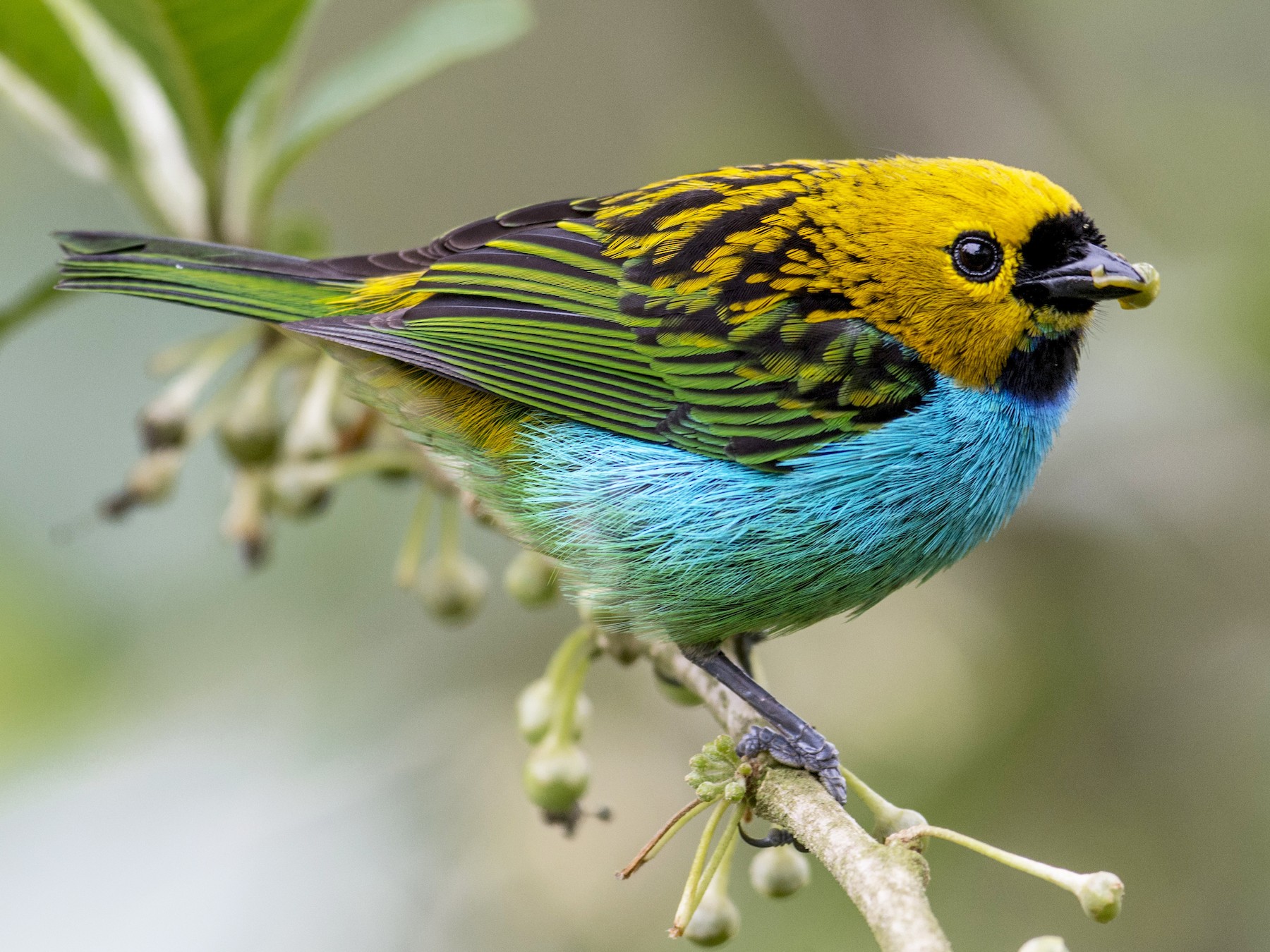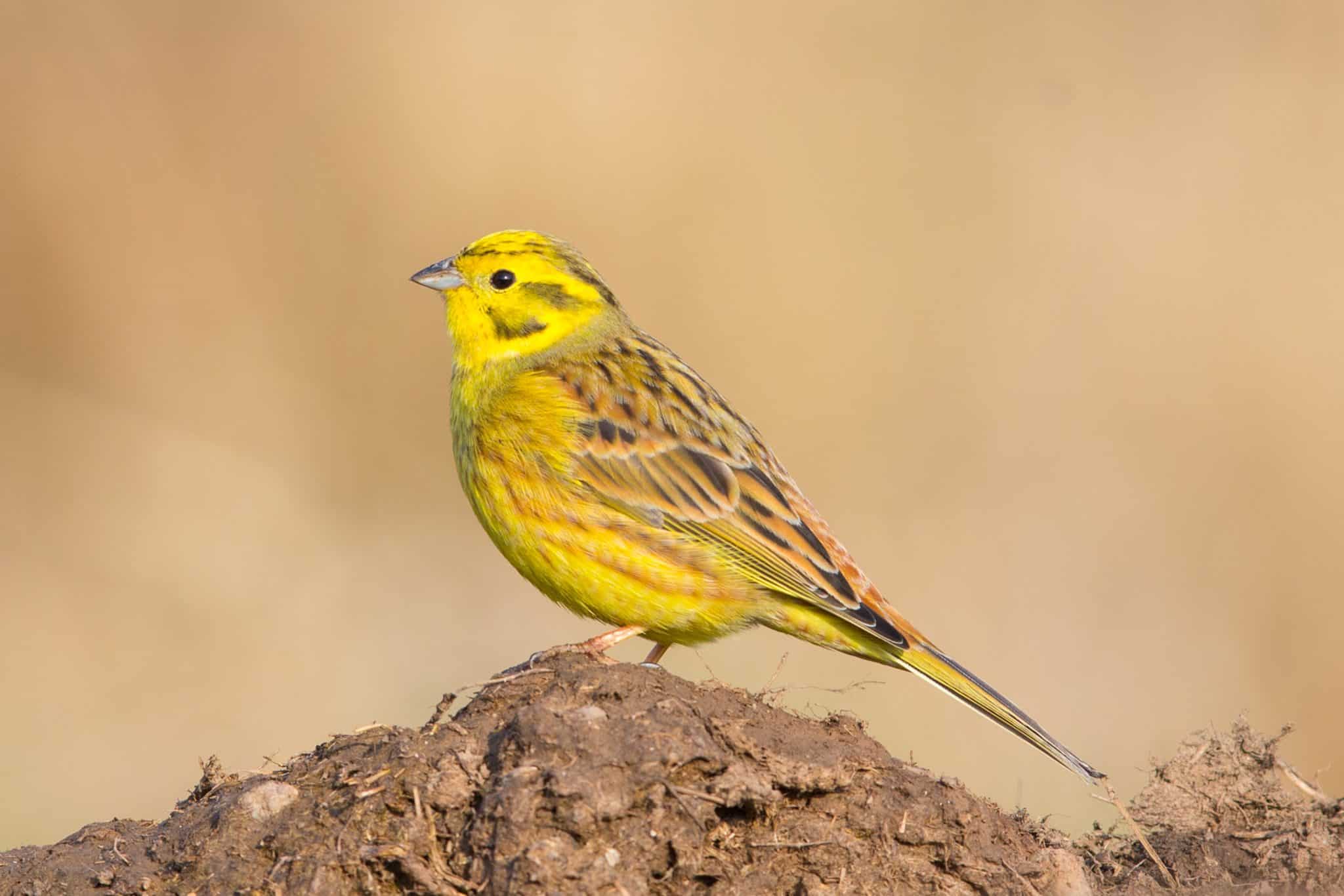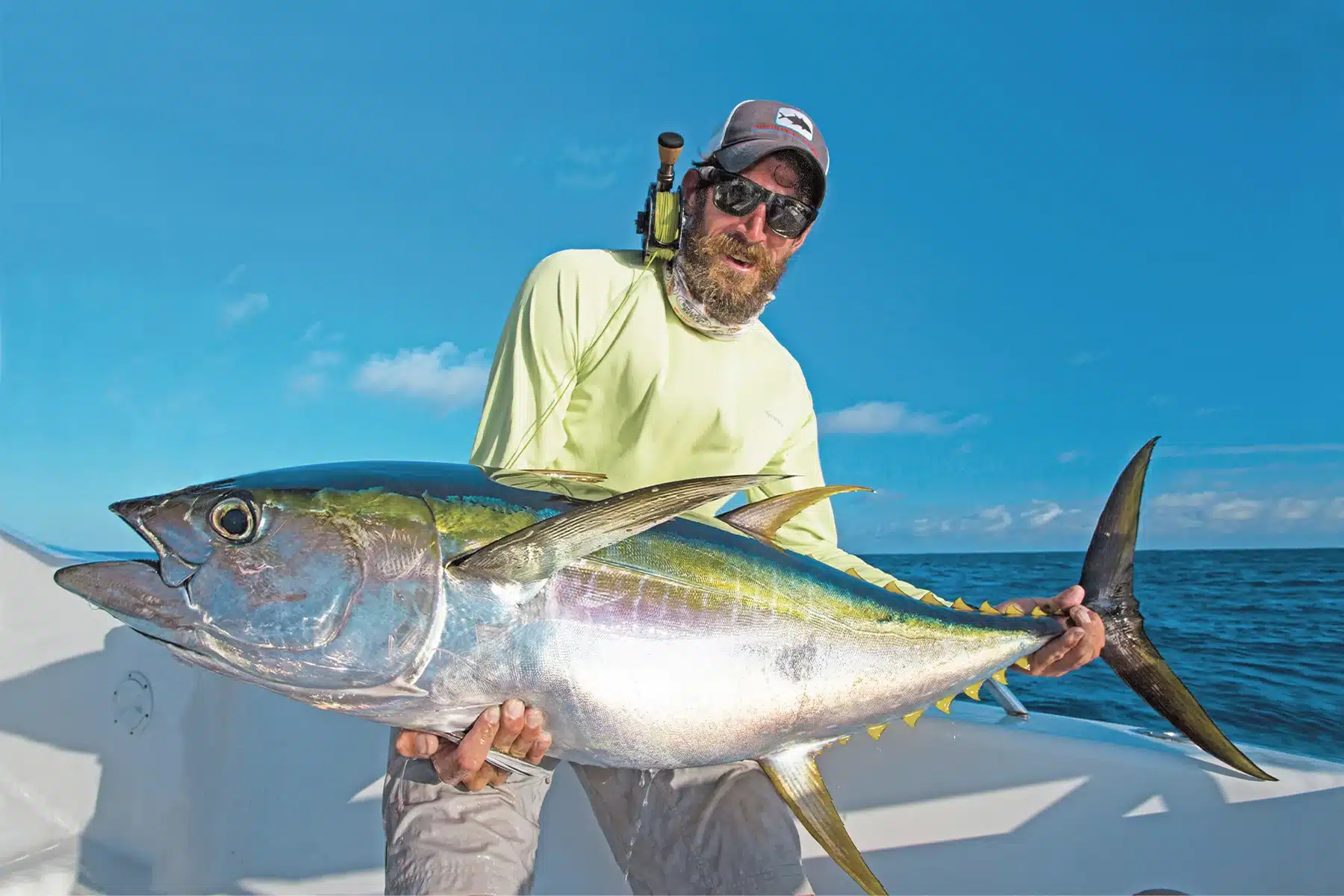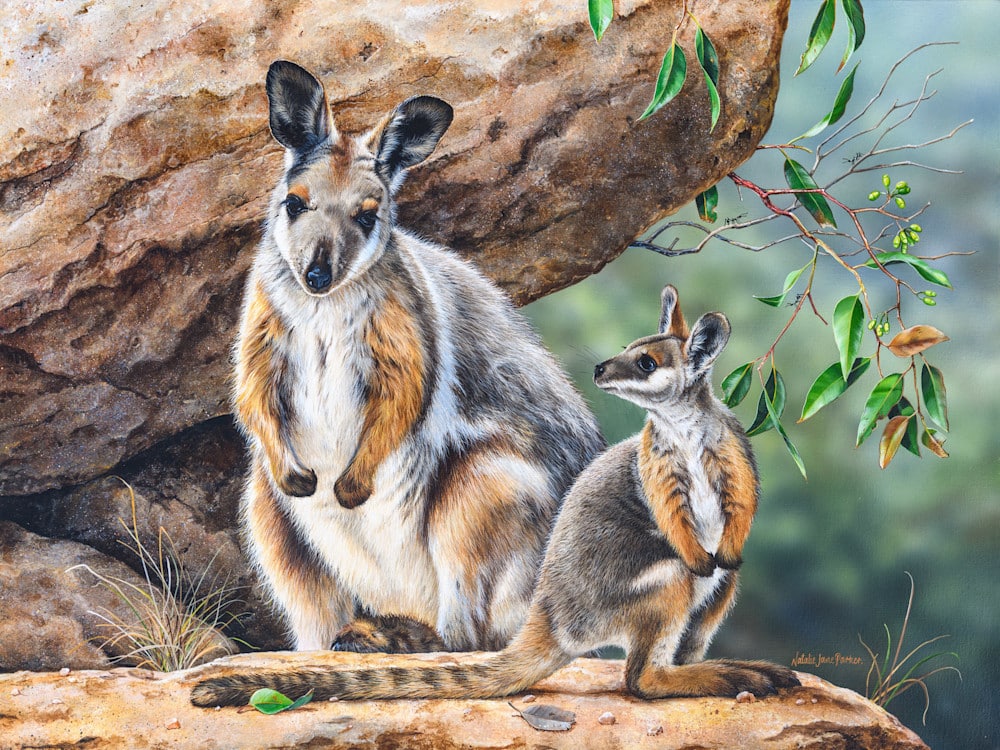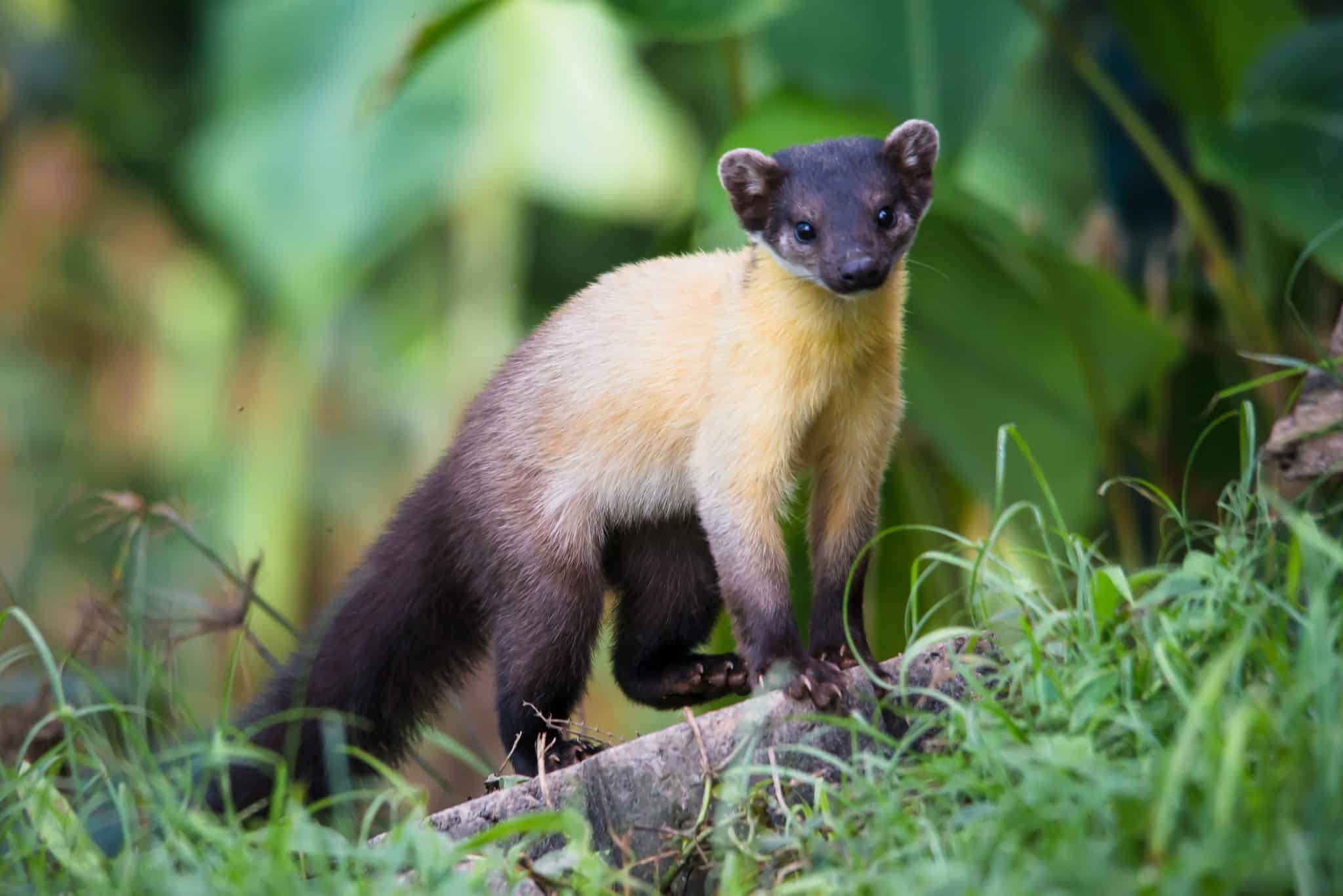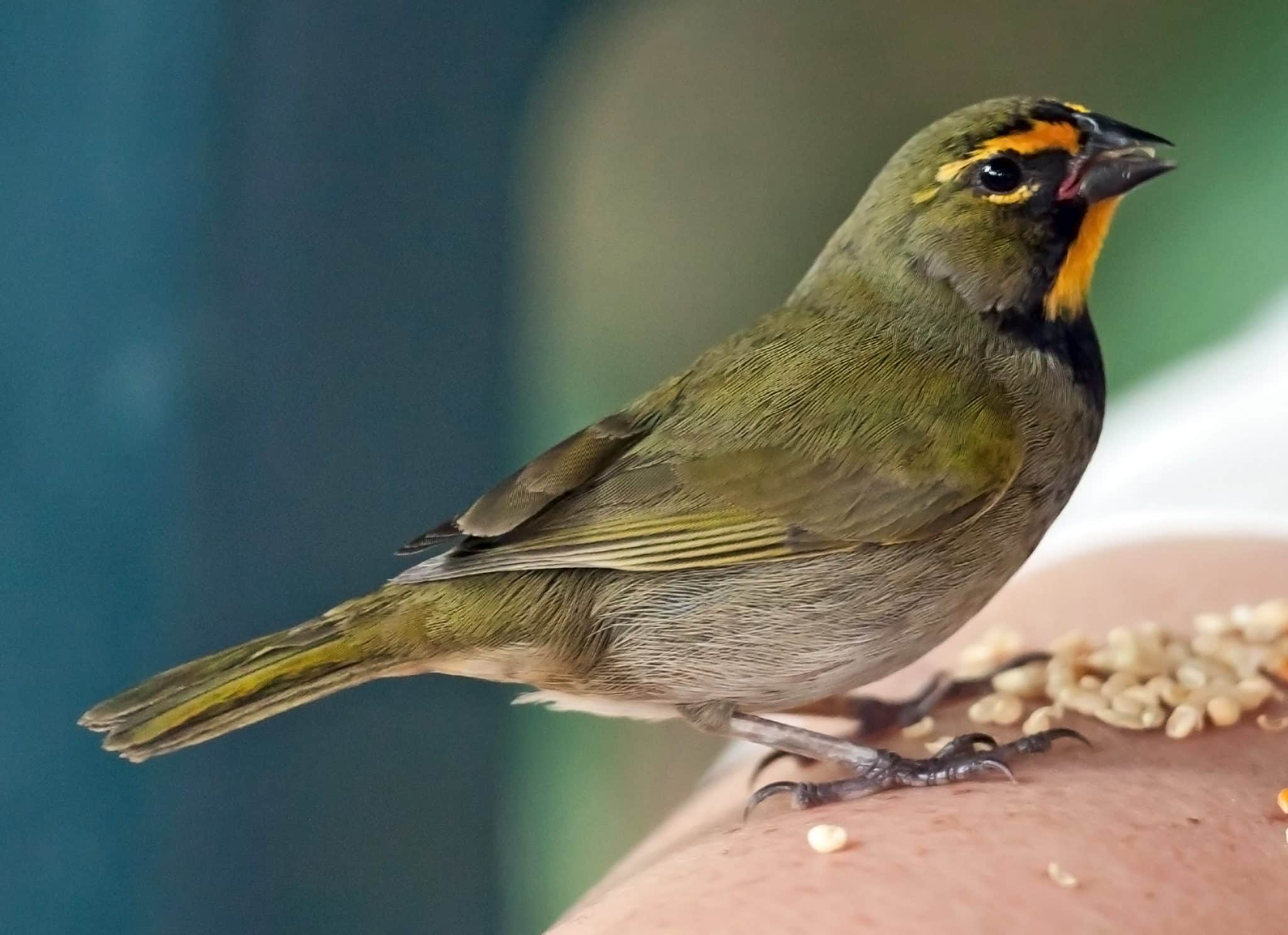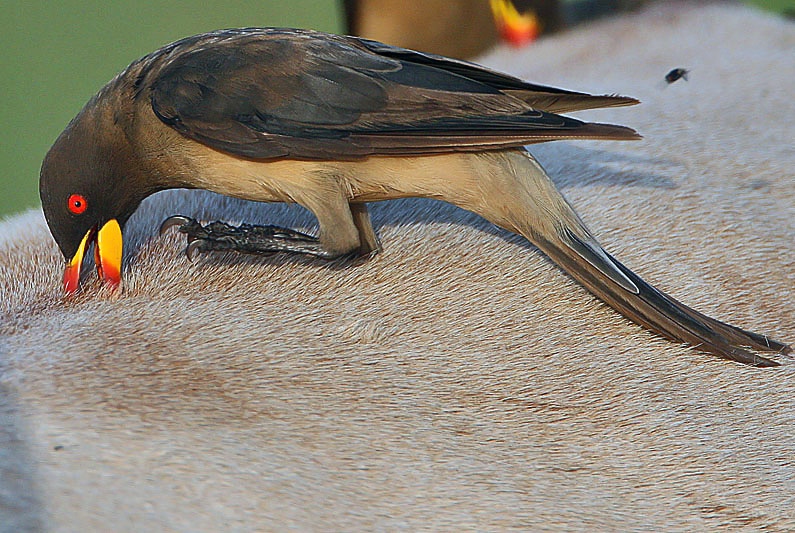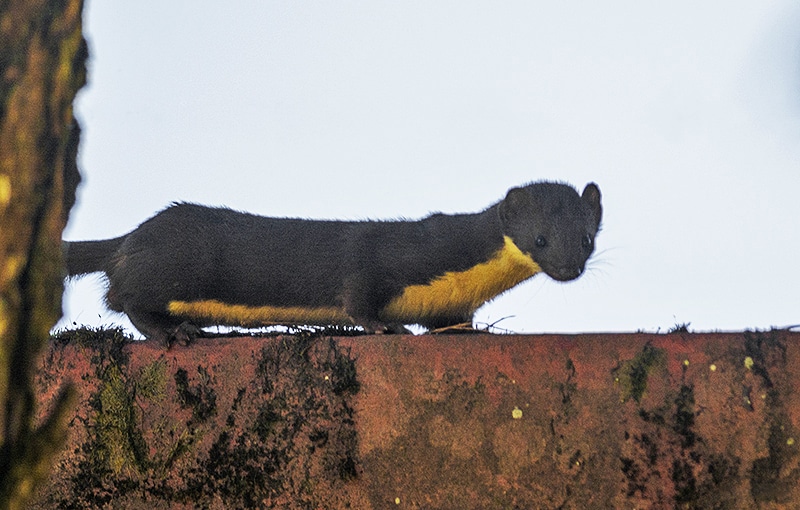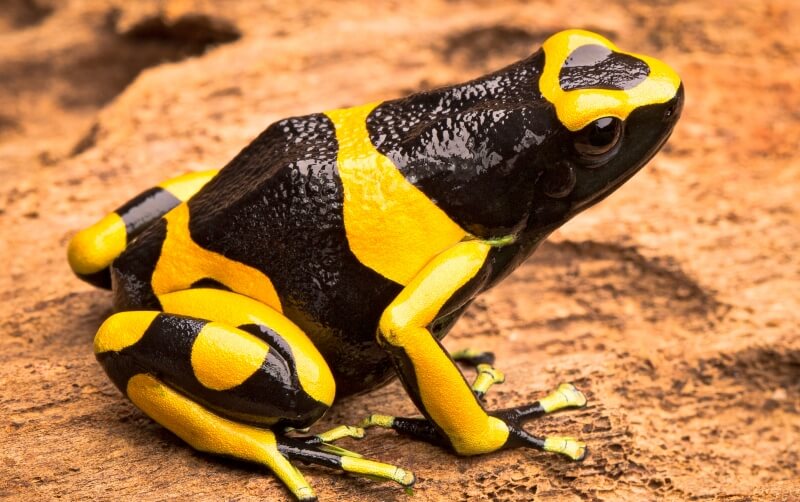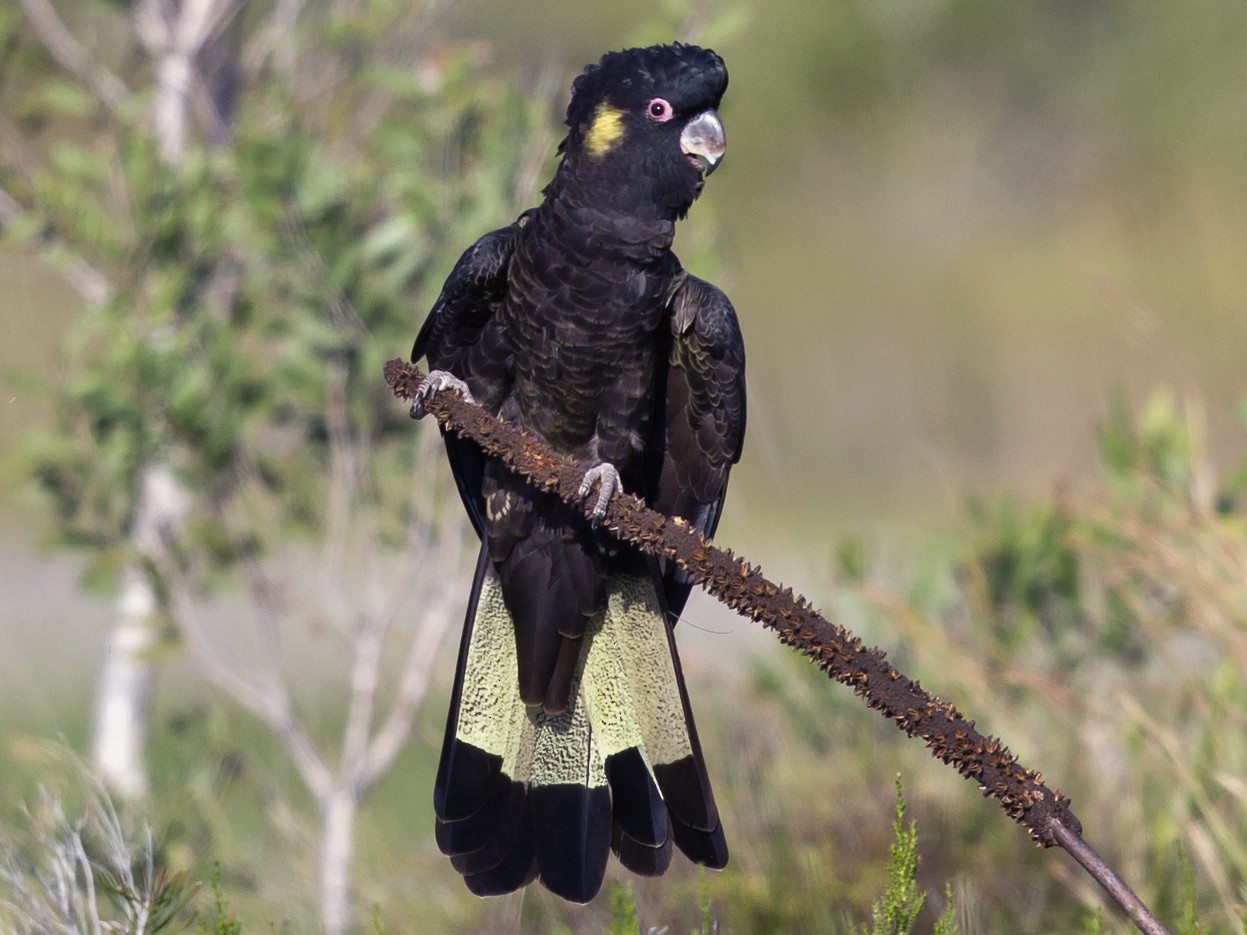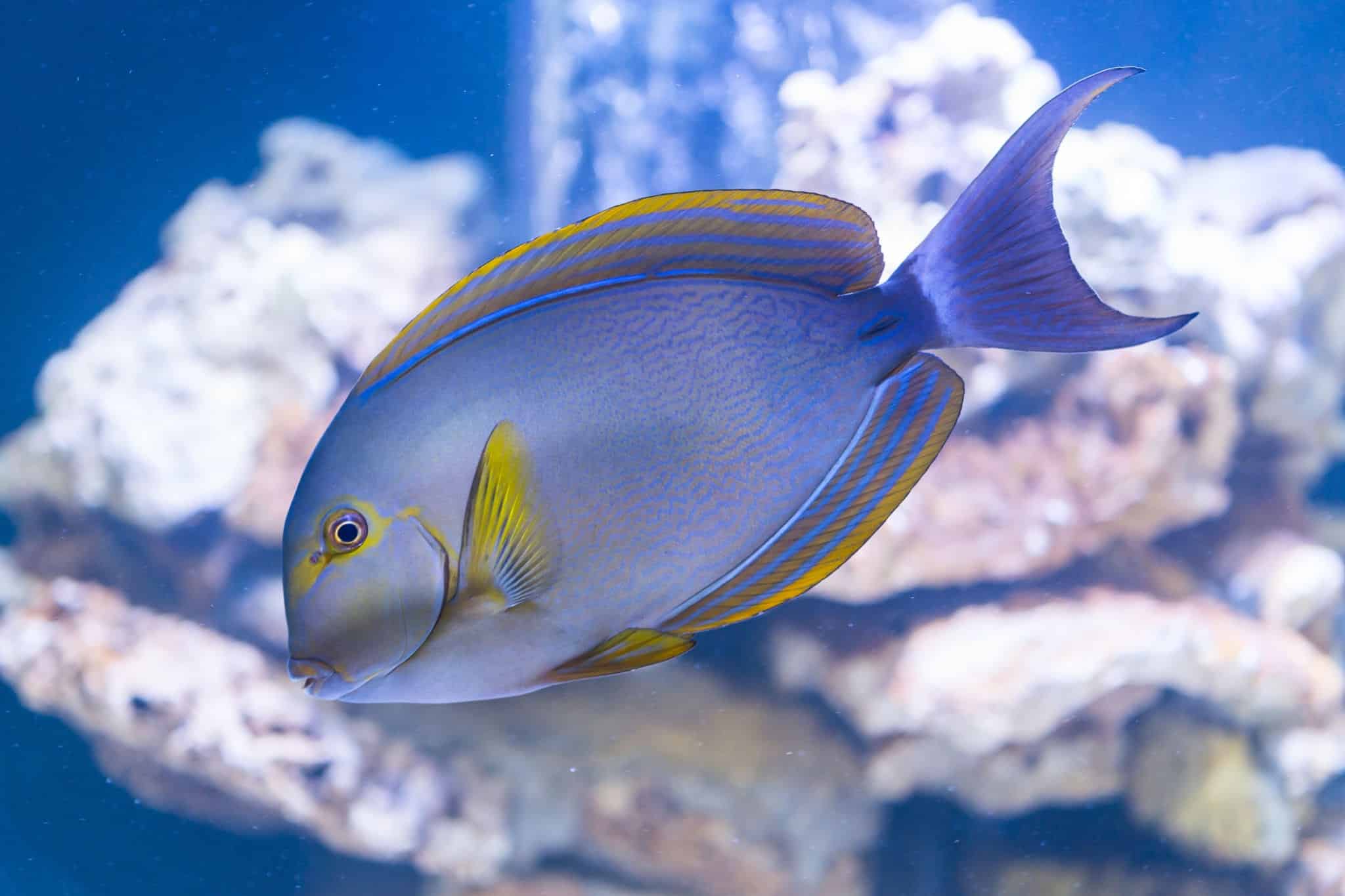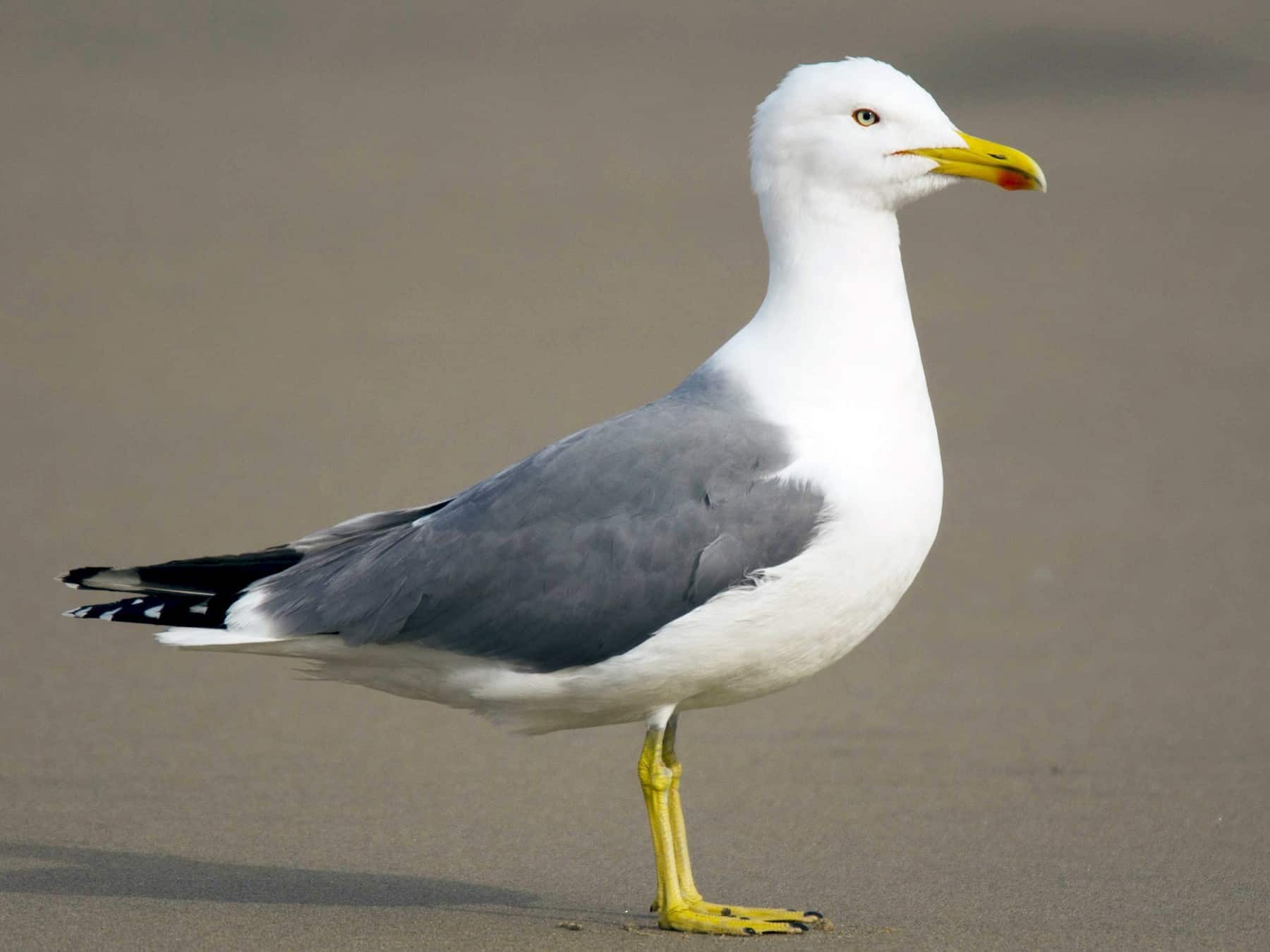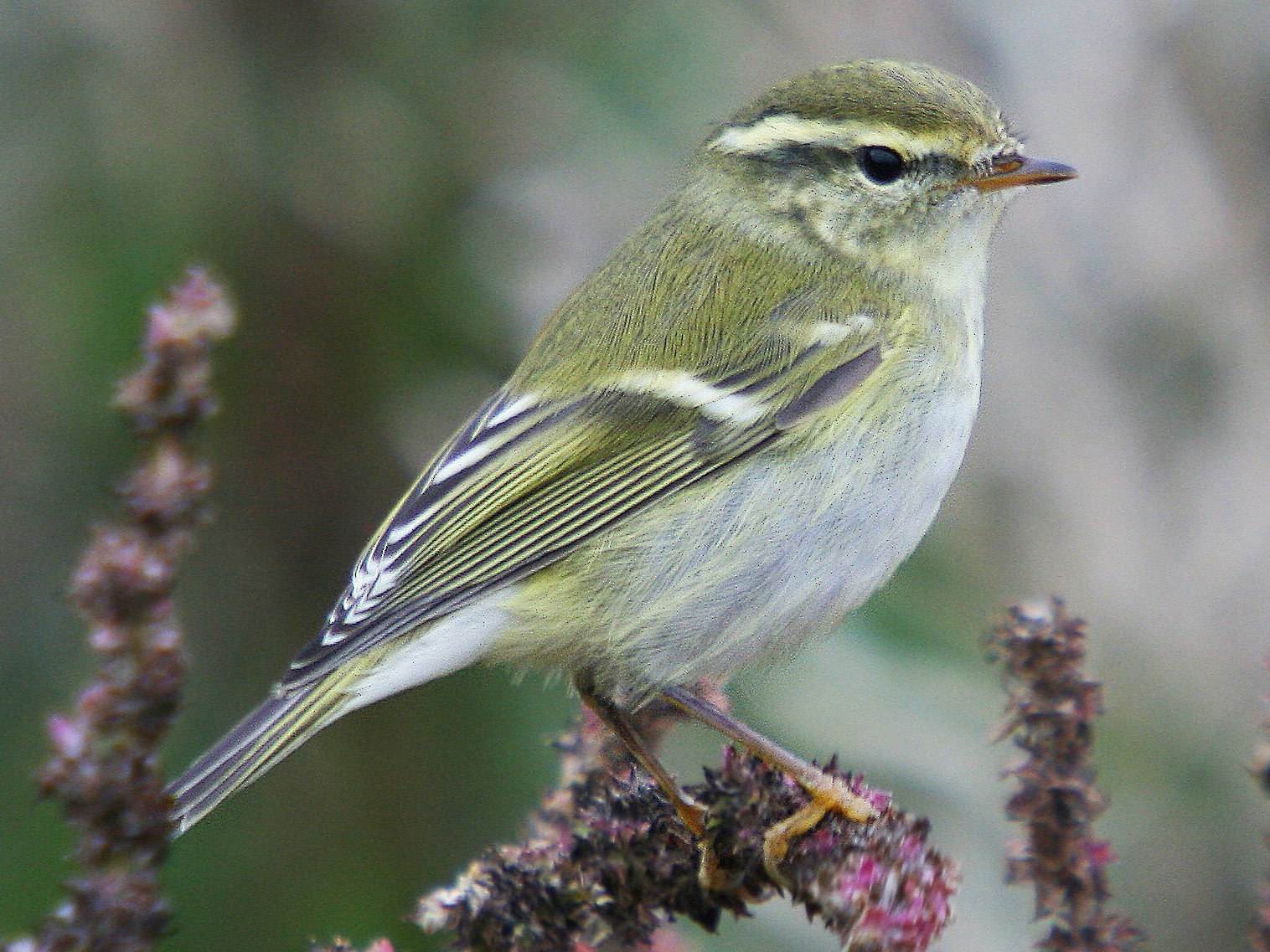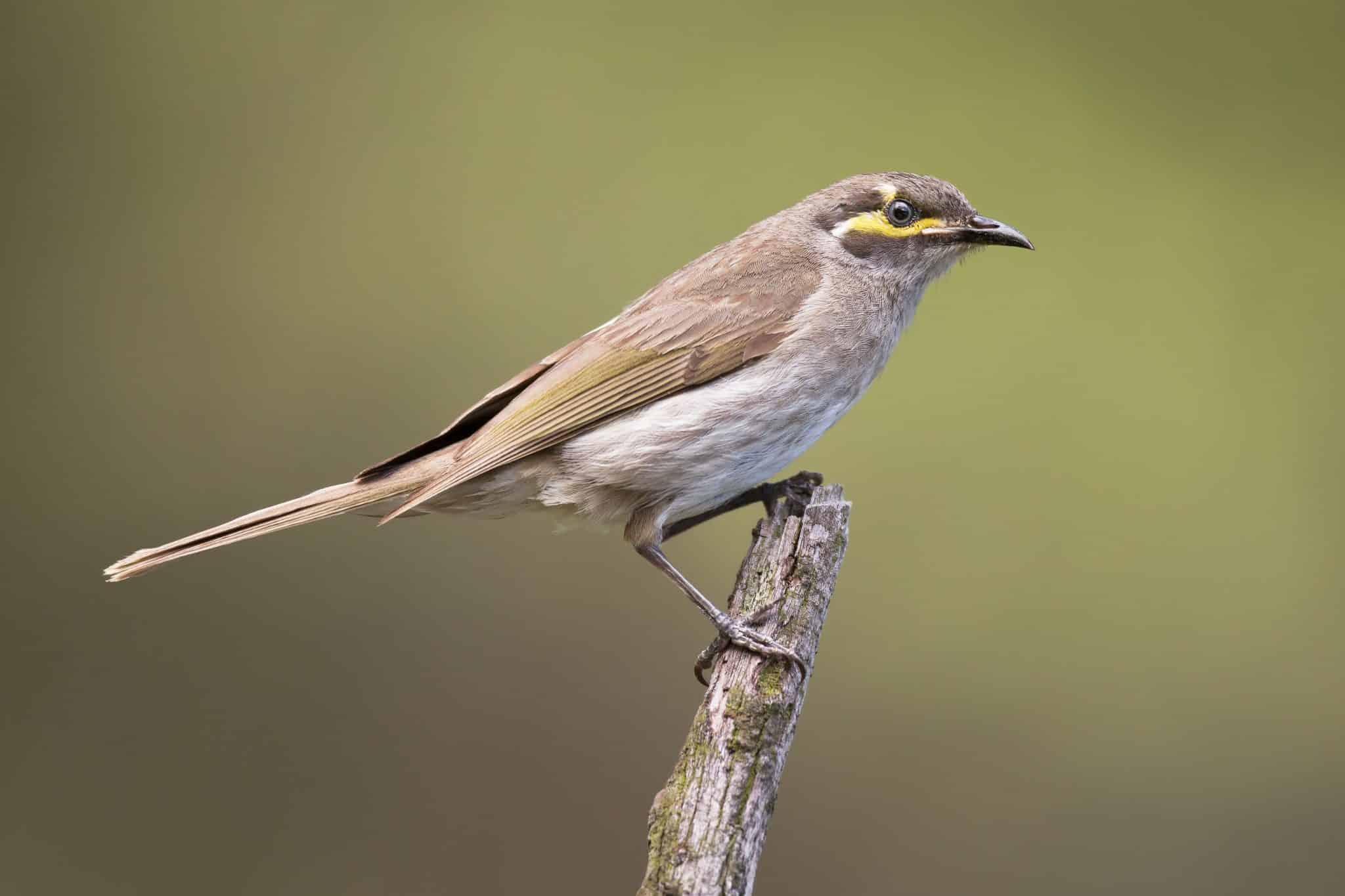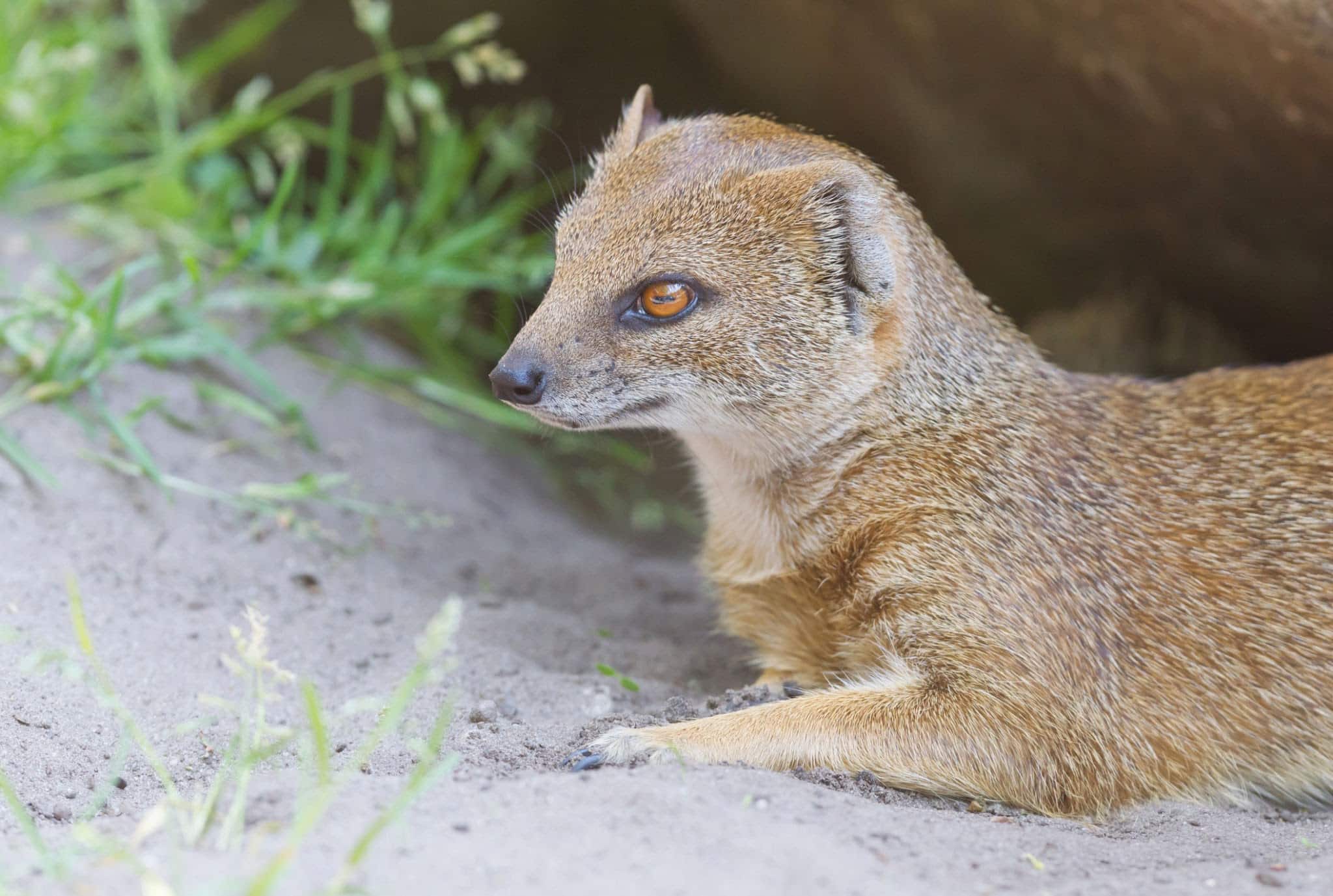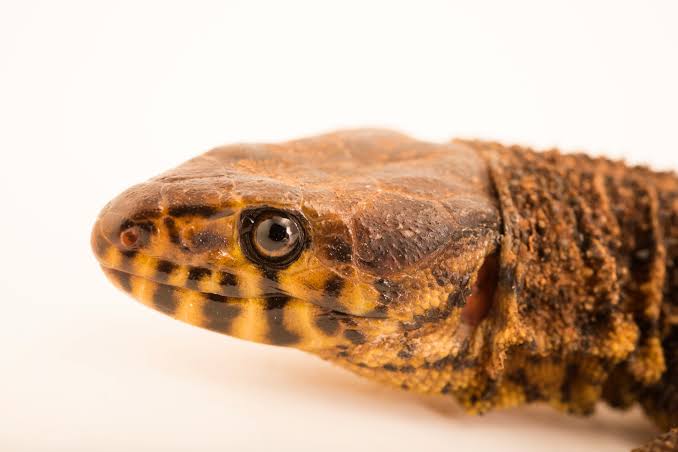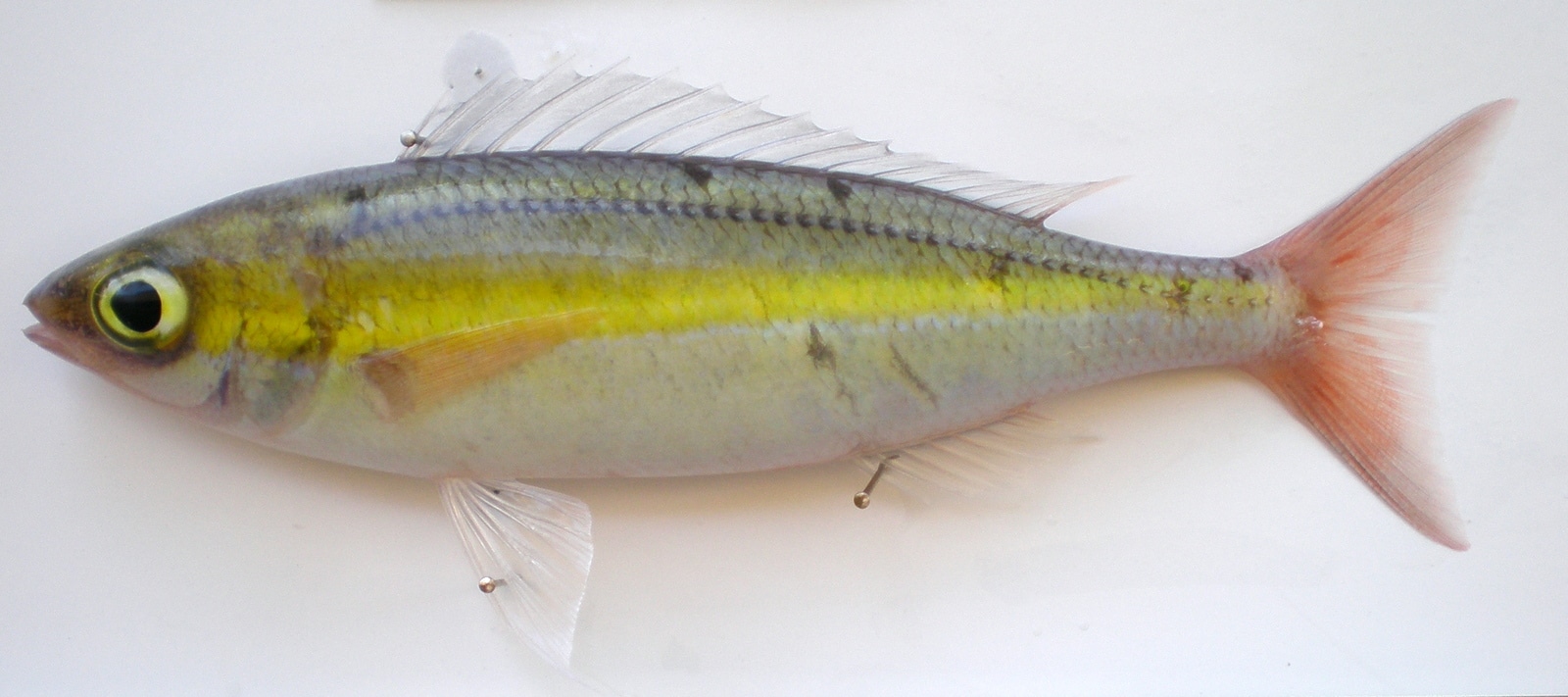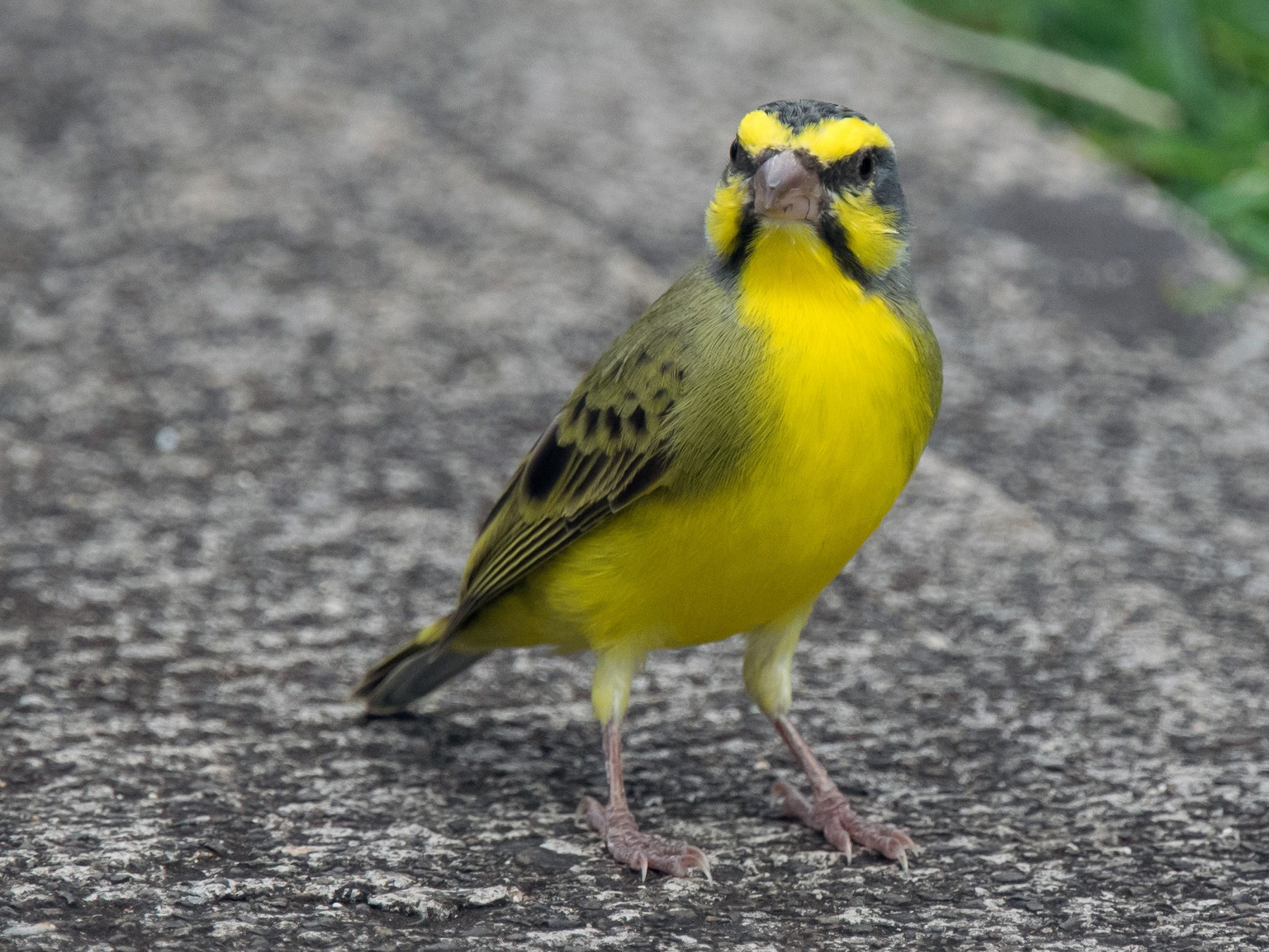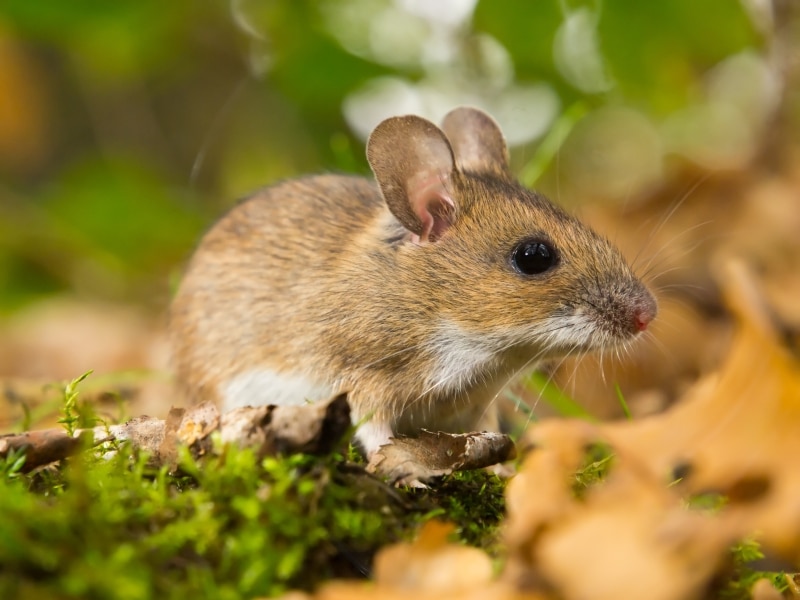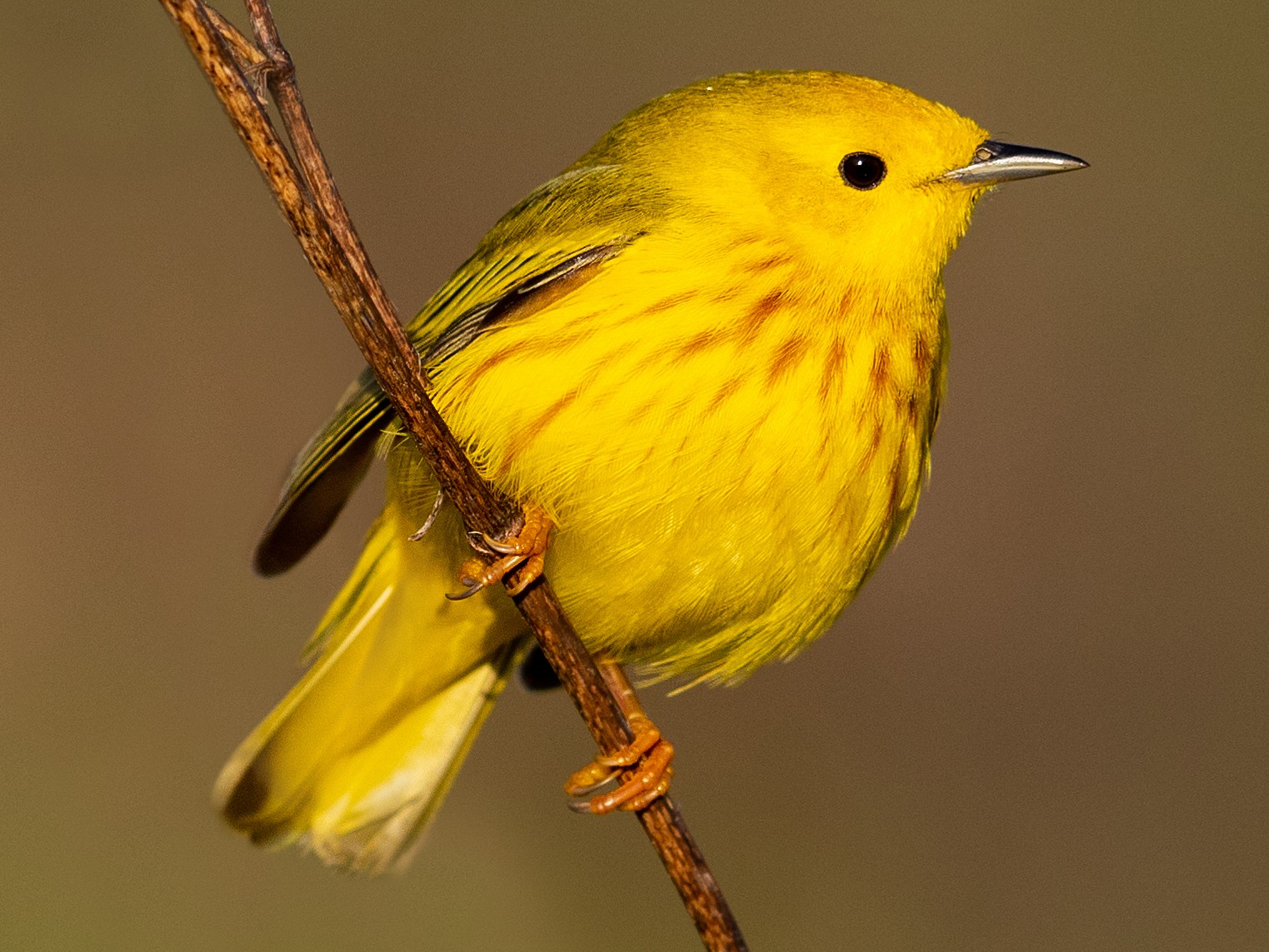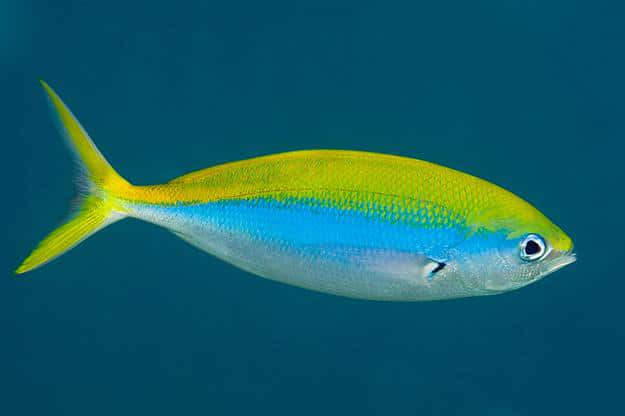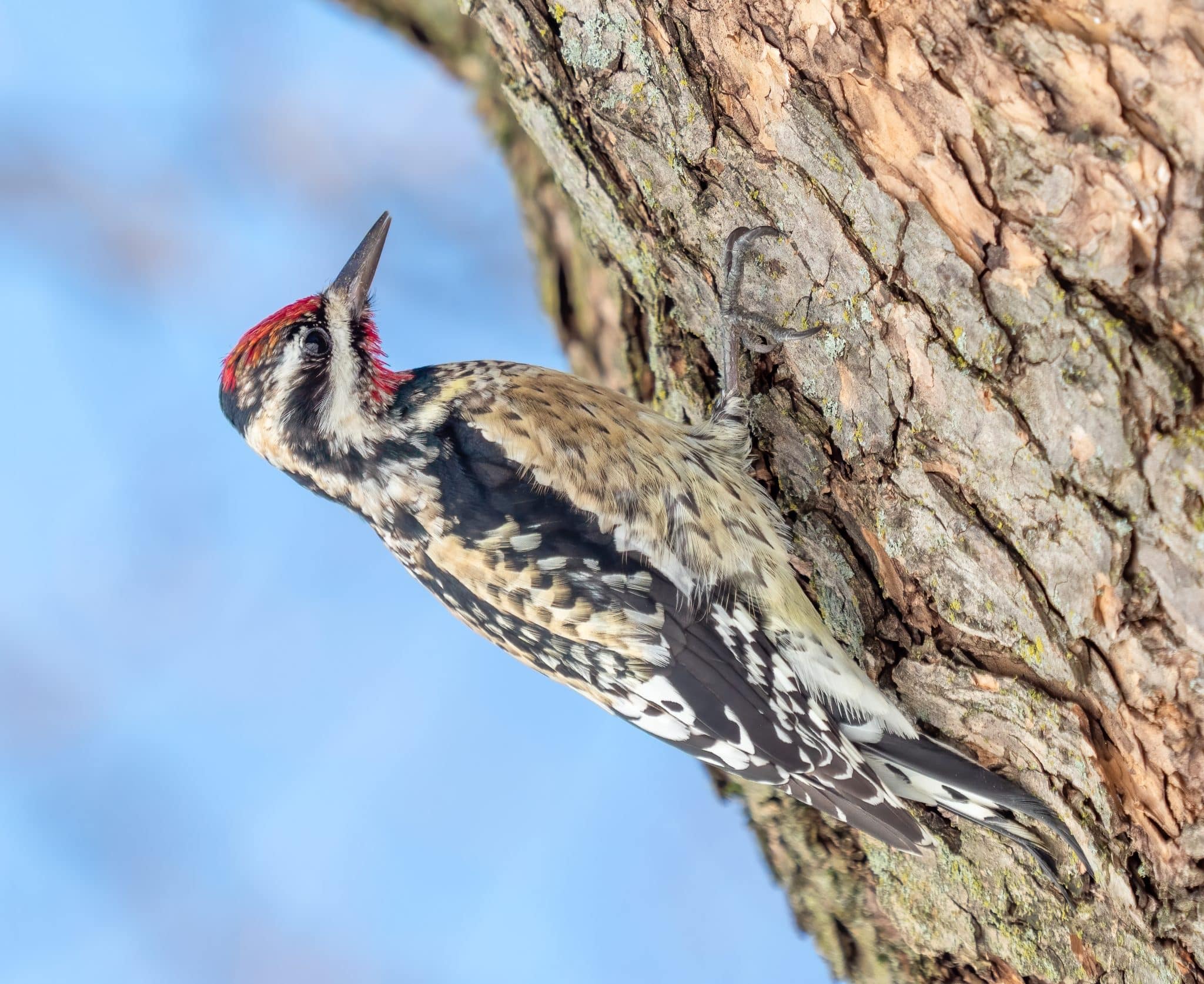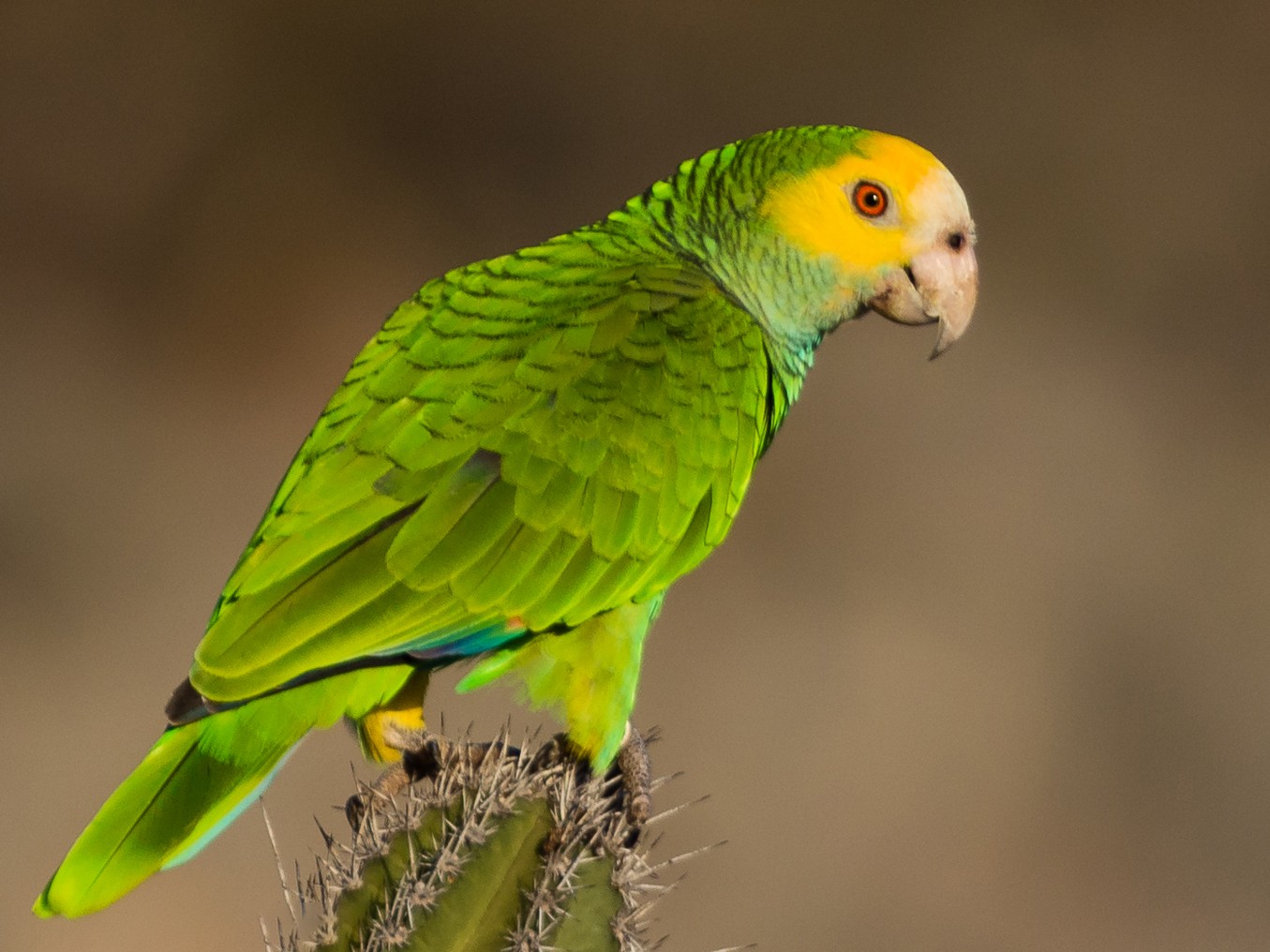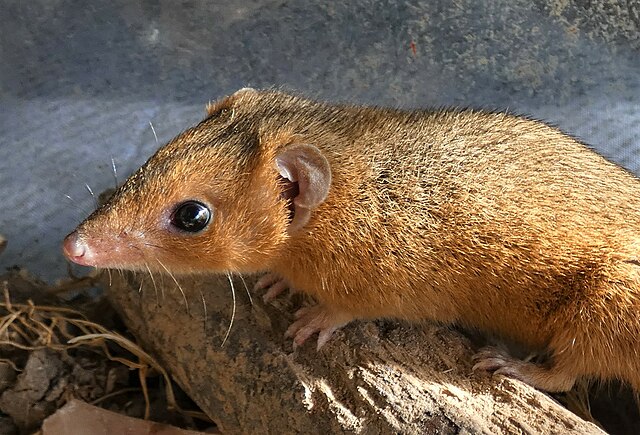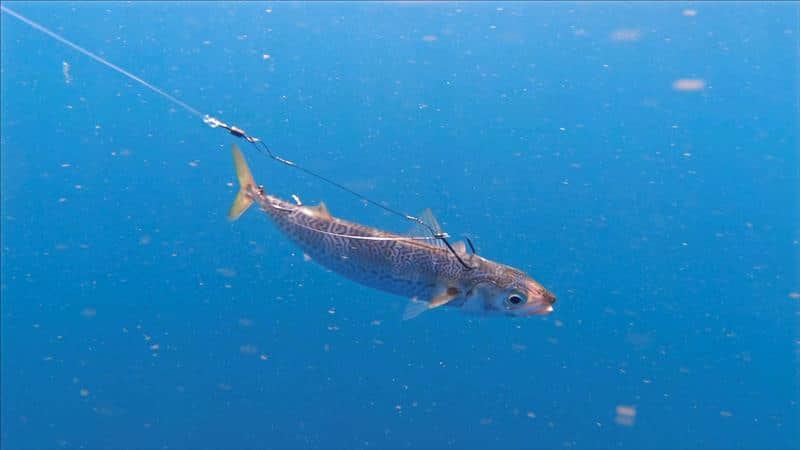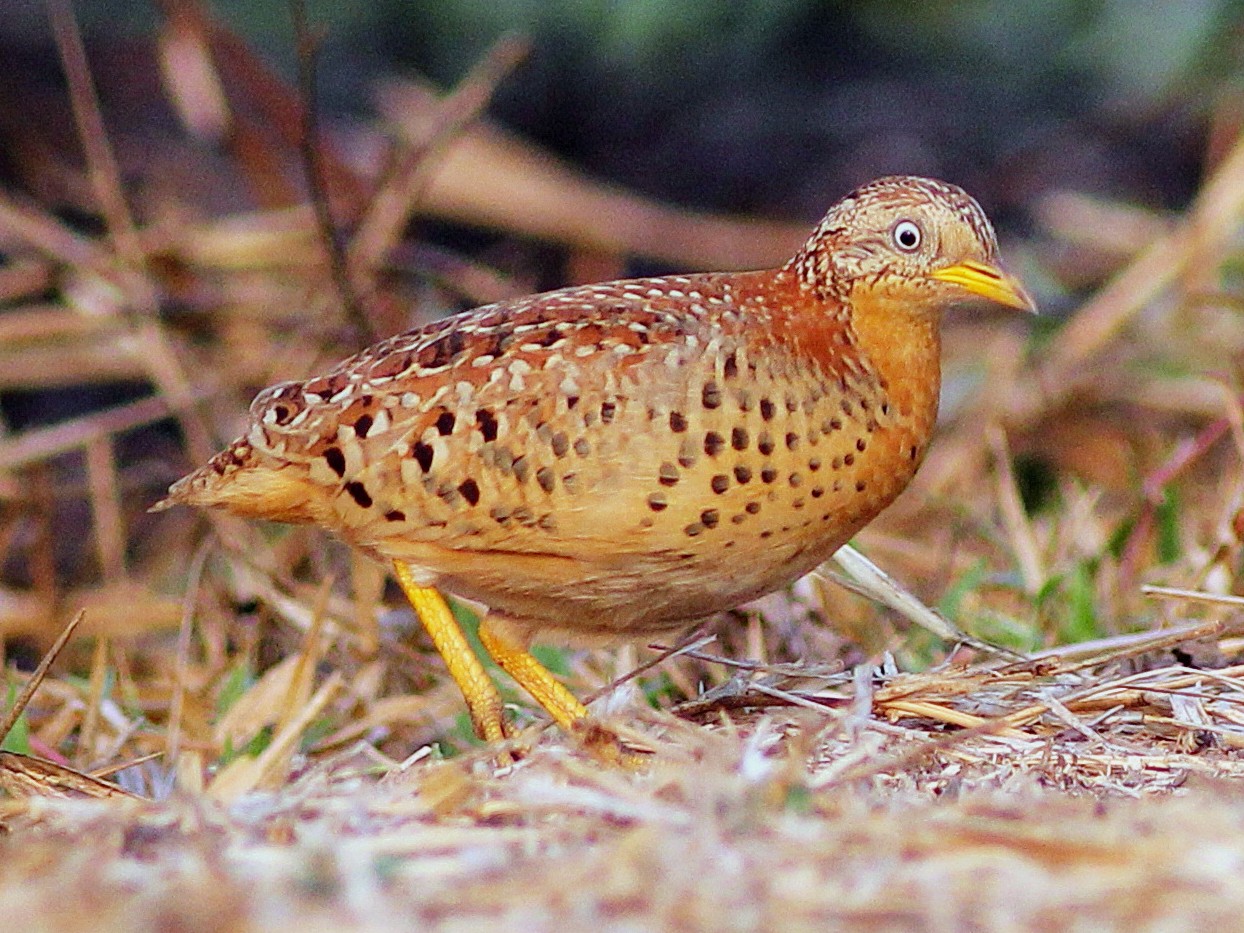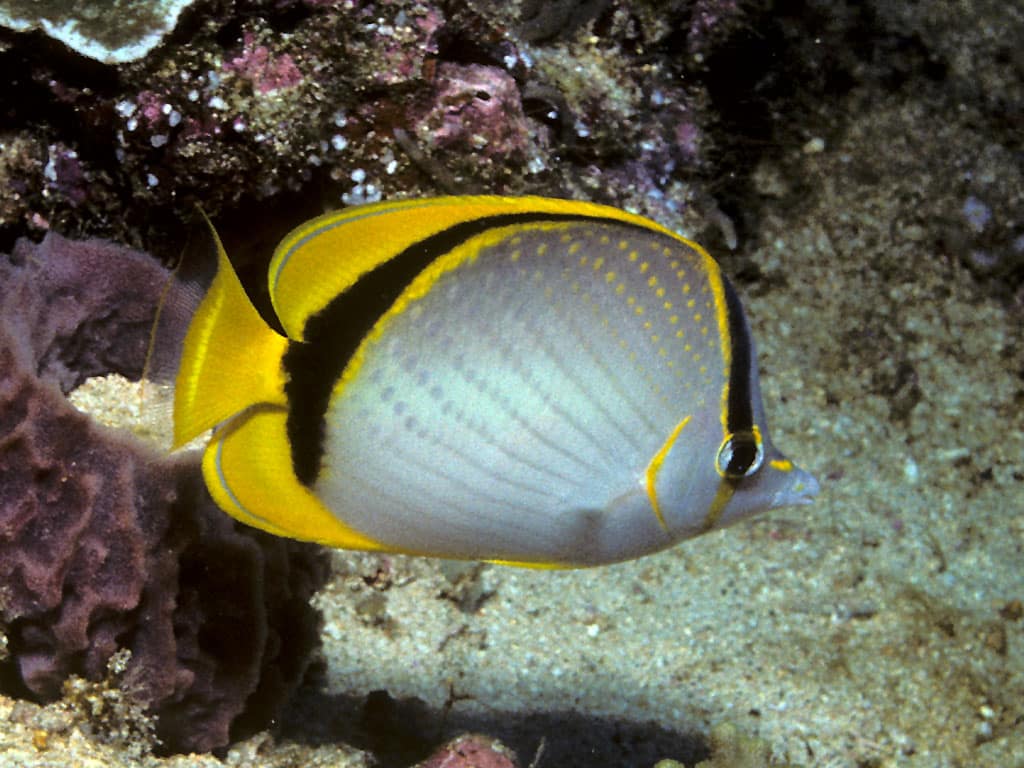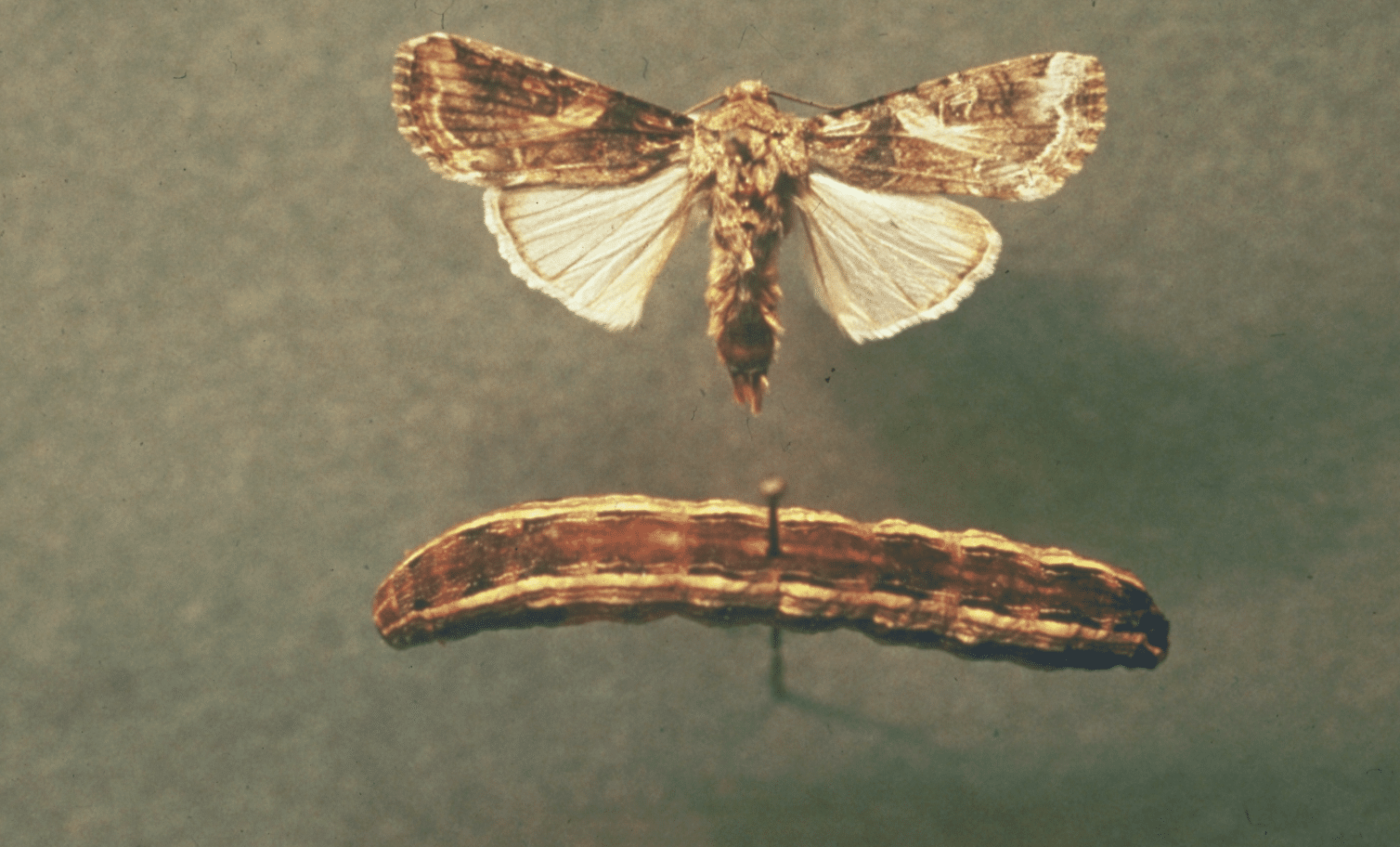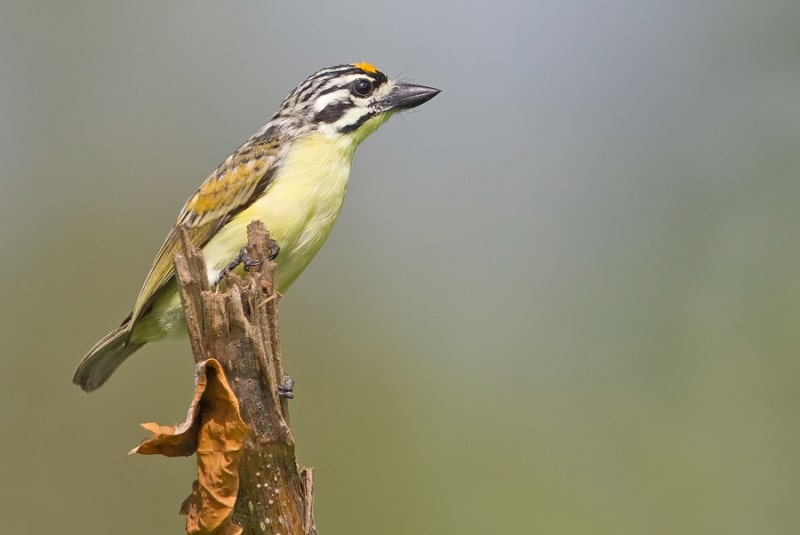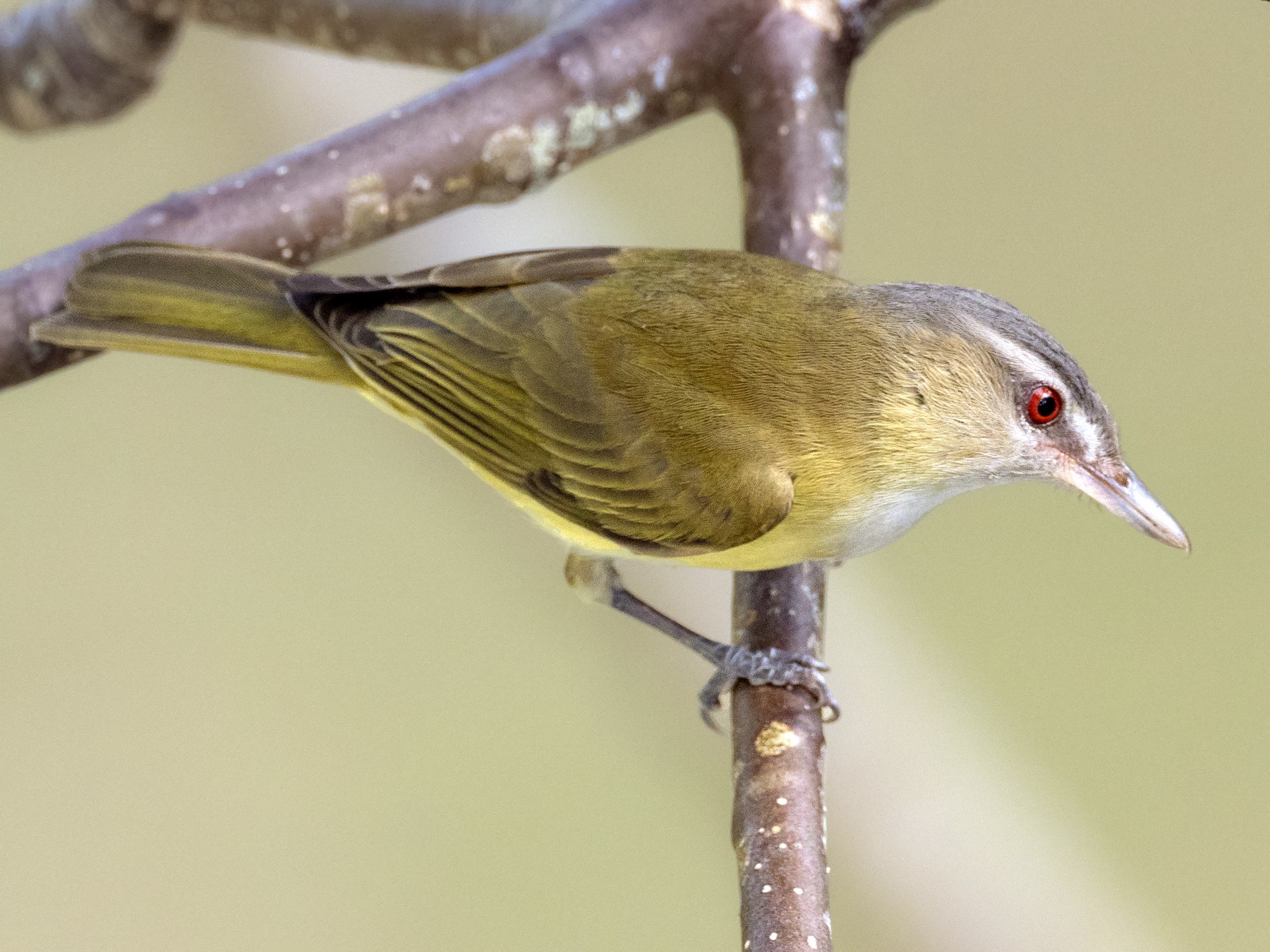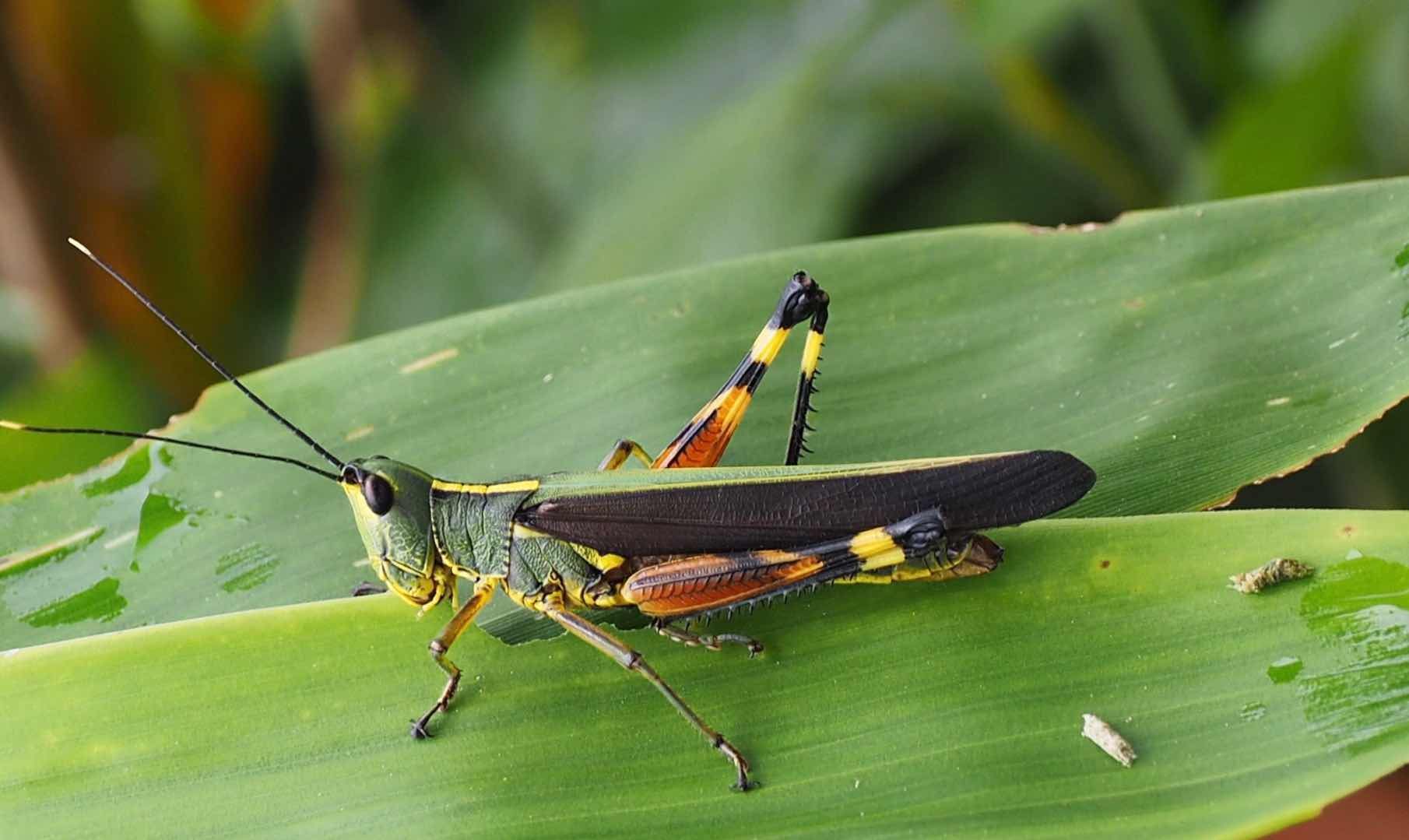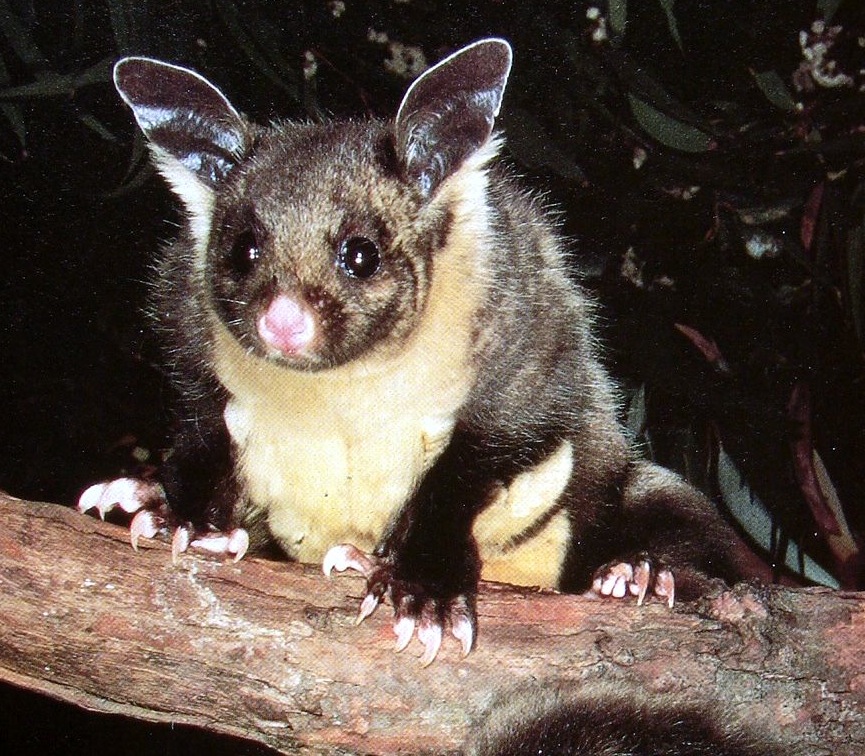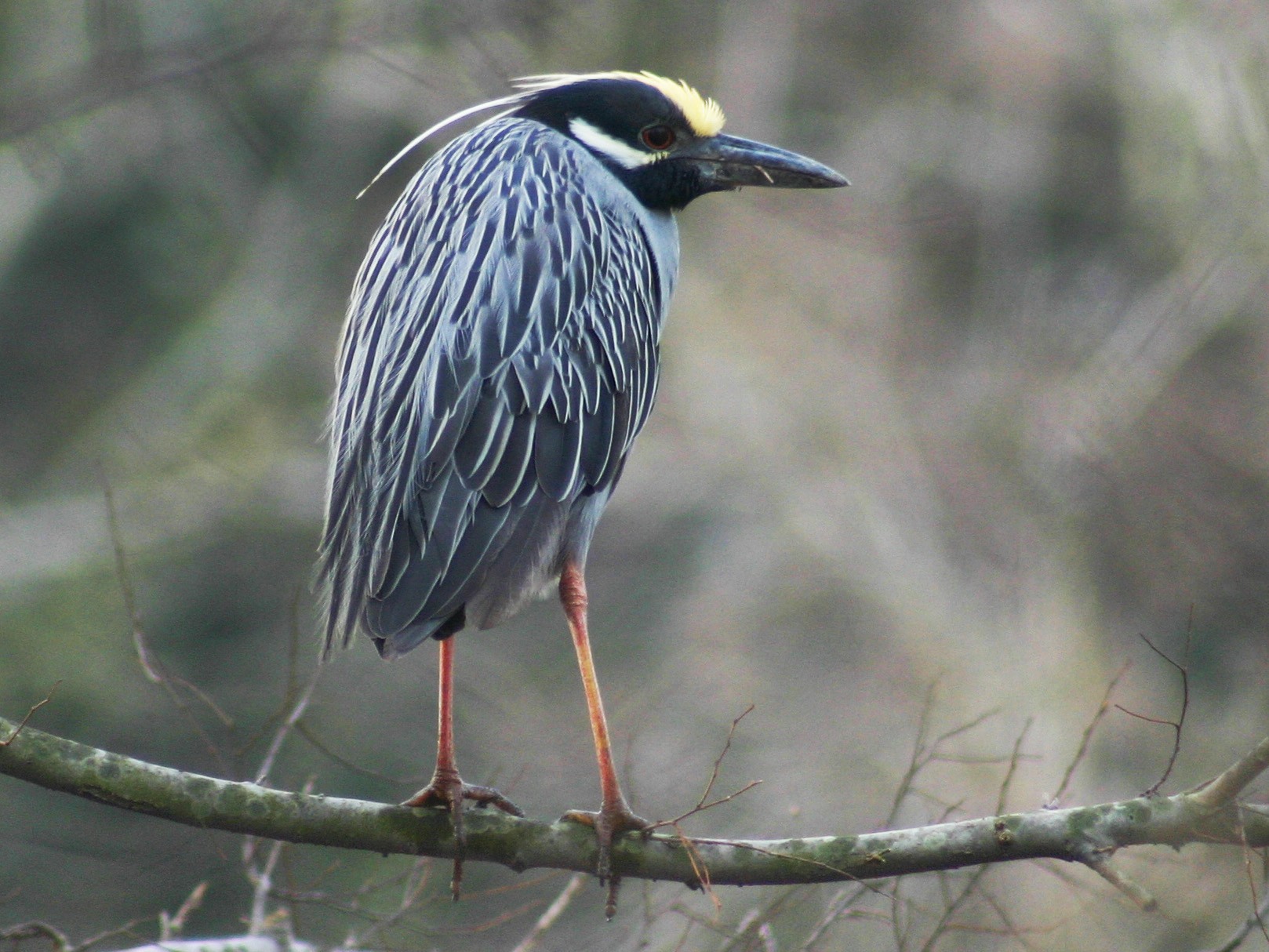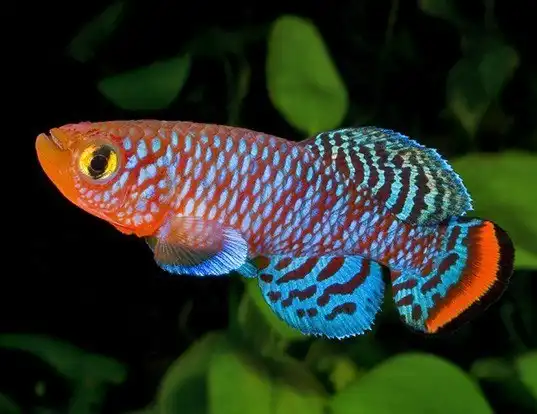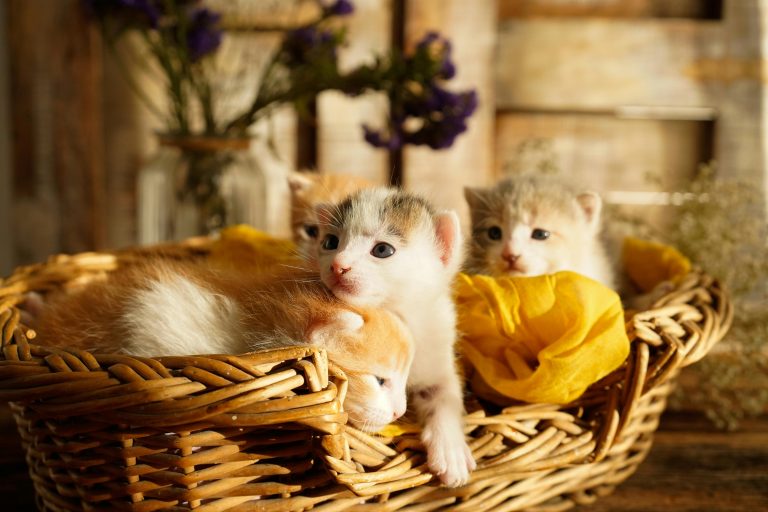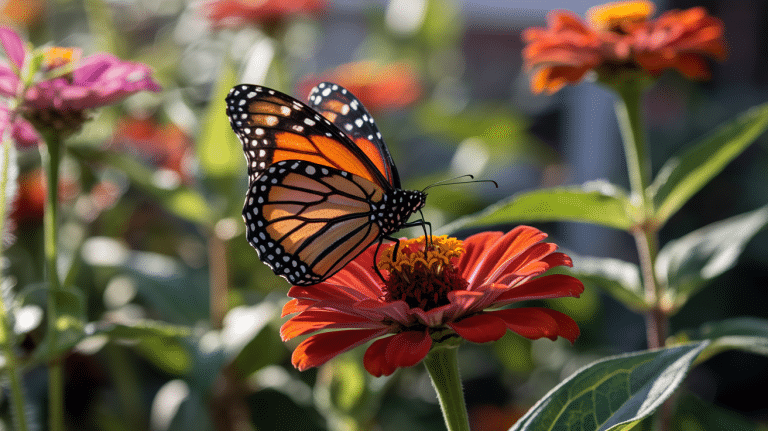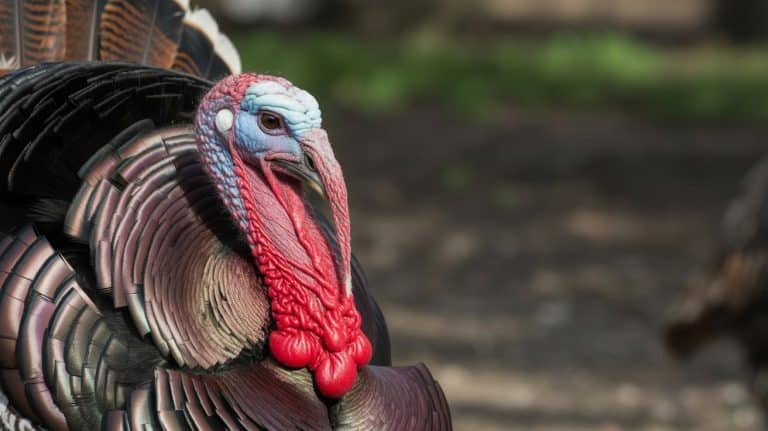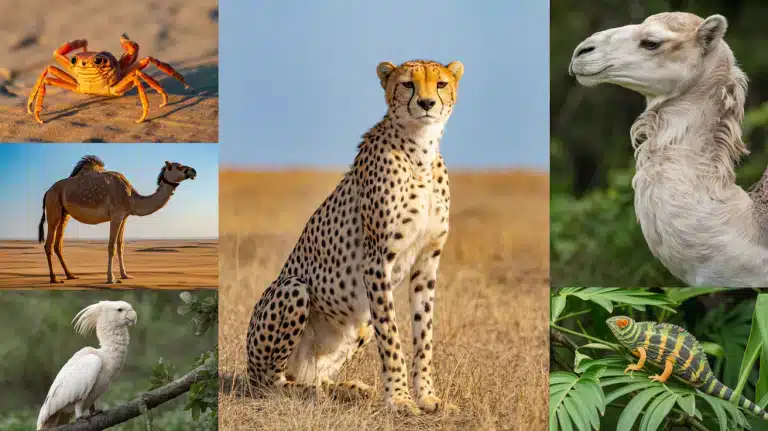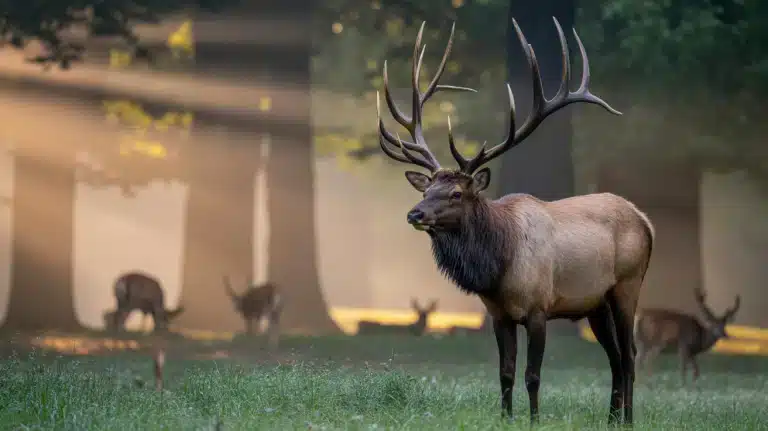When we think of animals, our minds often jump to the familiar ones that start with letters like “C” for cat or “D” for dog.
However, the animal kingdom is vast and diverse, encompassing creatures whose names begin with every letter of the alphabet, including the often overlooked “Y.”
Animals that start with “Y” are unique and can be found in various habitats worldwide, from dense forests and vast oceans to arid deserts and beyond.
These animals may not be the first to come to mind, but they play essential roles in their ecosystems and offer fascinating insights into the complexity of nature.
Let us take a deeper look into the world of animals that begin with Y!
1. Yak
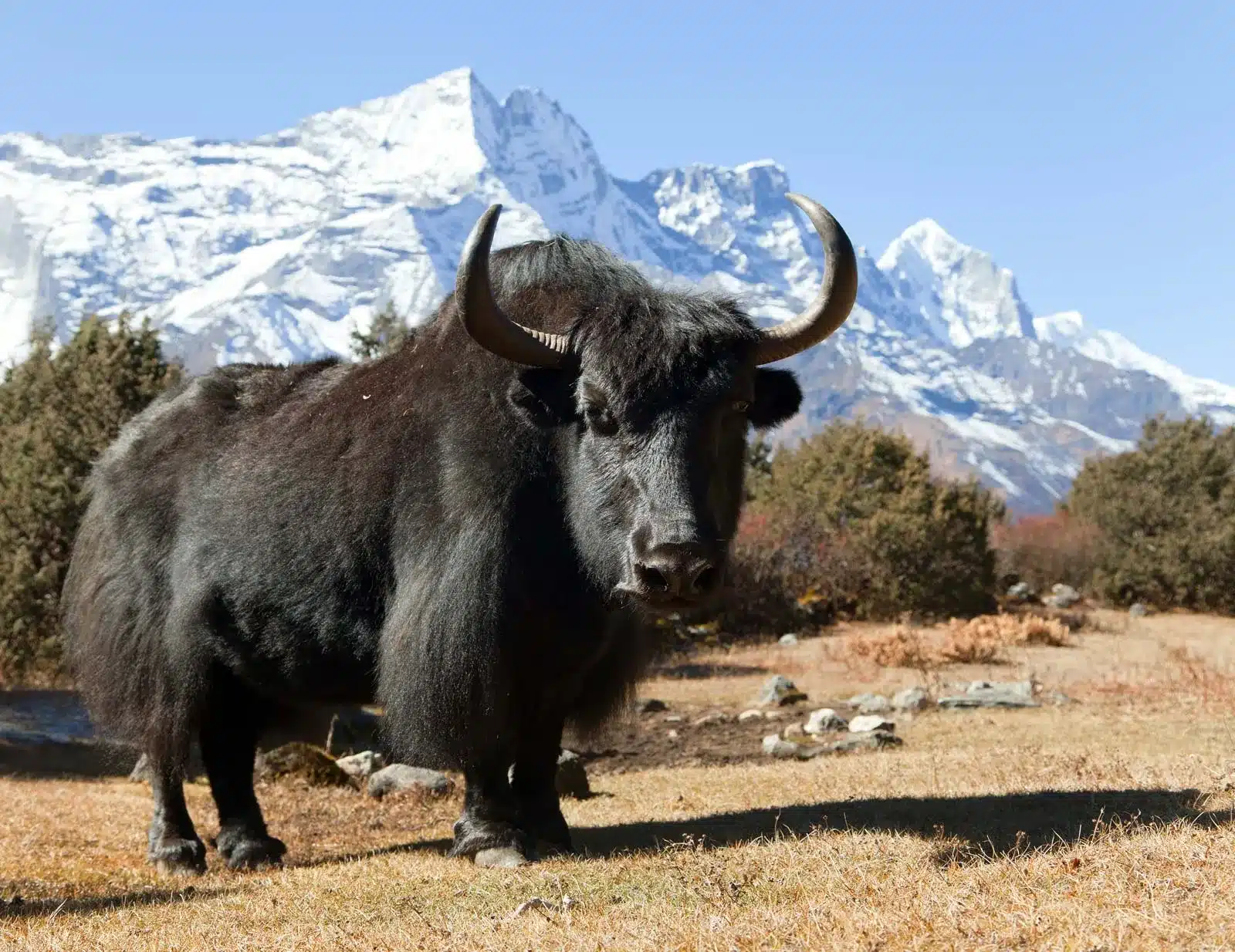
Place of Origin: Tibetan Plateau, Central Asia
Regions of Habitat: Mountainous regions of Central Asia, including the Himalayas
Scientific Name: Bos grunniens (domestic yak), Bos mutus (wild yak)
Yaks are large, long-haired bovids with a bulky frame, sturdy legs, and rounded cloven hooves. They have a thick coat that protects them from cold temperatures. Domestic yaks are often smaller than their wild counterparts. Both male and female yaks have horns.
Interesting Fact: Yaks are integral to the livelihood of many Central Asian cultures. They are used for milk, meat, and fur and employed as beasts of burden. Yaks can carry heavy loads over rough mountainous terrain, making them invaluable in regions where vehicles cannot travel.
2. Yellowback Tanager
Place of Origin: South America, particularly in the Andean regions
Regions of Habitat: Tropical forests, especially in lower mountainous areas
Scientific Name: Hemithraupis flavicollis
The Yellowback Tanager is a small, brightly colored bird with a vivid yellow back and a contrasting gray or black head and chest. They are social birds, often seen in mixed-species flocks, feeding on fruits, nectar, and insects.
Interesting Fact: Tanagers are known for their vibrant plumage, and the Yellowback Tanager is no exception. Their colorful appearance and social nature make them a highlight for birdwatchers in their native habitat, contributing to the biodiversity of the Andean forests.
3. Yellow-Bellied Sea Snake
Place of Origin: Warm coastal waters of the Pacific and Indian Oceans
Regions of Habitat: Pelagic zones, often found far from land
Scientific Name: Pelamis platura
This sea snake has a distinctive yellow underside and a dark, often black back, which provides camouflage in the water. They are highly adapted to life in the ocean, with a flattened, oar-like tail for swimming and valves over their nostrils to keep water out.
Interesting Fact: The yellow-bellied sea snake is among the most widely distributed species. It uses a potent venom to immobilize its prey, primarily small fish. Despite its evil nature, this snake is generally not aggressive towards humans; bites are rare.
4. Yellowhammer
Place of Origin: Eurasia
Regions of Habitat: Open woodlands, farmland, hedgerows, and scrub areas
Scientific Name: Emberiza citrinella
The yellowhammer is a small, brightly colored bird known for its vibrant yellow plumage and brown-streaked back. They have a chunky shape, a thick seed-eater’s bill, and a distinctive bunting family profile. Males are more brightly colored than females.
Interesting Fact: The Yellowhammer’s song sounds like “a little bit of bread and no cheese,” a well-known feature of the British countryside in summer. Their populations have declined in some areas due to changes in agricultural practices, making their conservation a concern.
5. Yellowfin Tuna
Place of Origin: Warm ocean waters worldwide
Regions of Habitat: Tropical and subtropical oceans around the globe
Scientific Name: Thunnus albacares
Yellowfin tuna are large fish known for their speed, strength, and vibrant coloration, with a metallic blue back and yellow sides. They can grow quite large, with some individuals reaching over 400 pounds.
Interesting Fact: Yellowfin tuna are highly sought after in sport and commercial fishing for their meat, which is considered a delicacy, especially in sushi and sashimi dishes. They can form schools with other tuna species and undertake long migratory journeys across oceans.
6. Yellow-Footed Rock Wallaby
Place of Origin: Australia
Regions of Habitat: Rocky outcrops, cliffs, and gorges in arid and semi-arid regions
Scientific Name: Petrogale xanthopus
The yellow-footed rock wallaby has distinctive markings, including a dark stripe across its face, a light-colored cheek stripe, and, as the name suggests, yellowish fur on its feet and legs. They are agile climbers, adapted to navigating steep and rocky terrain.
Interesting Fact: Despite their rugged habitat, yellow-footed rock wallabies are under threat due to predation by introduced species, competition for food, and habitat loss. Conservation efforts are in place to protect these unique marsupials, including predator control and habitat restoration projects.
7. Yellow-Throated Marten
Place of Origin: Asia, from the Himalayas to Southeast Asia and northeastern China
Regions of Habitat: Forested regions, including tropical rainforests, temperate broadleaf forests, and coniferous forests
Scientific Name: Martes flavigula
The yellow-throated marten is known for its striking appearance, with a long body, short legs, and a bushy tail. Its fur is brightly colored, with a distinctive yellow throat patch. This species is the world’s largest marten, known for its boldness and agility.
Interesting Fact: The yellow-throated marten is a highly social animal, unusual among mustelids. It is known to form groups of up to 20 individuals, and these groups can often be seen hunting together. They have a varied diet that includes fruits, insects, birds, and small mammals.
8. Yellow-Faced Grassquit
Place of Origin: Central America and the Caribbean
Regions of Habitat: Grasslands, open fields, and scrublands
Scientific Name: Tiaris olivaceus
The Yellow-faced Grassquit is a small bird with a distinctive olive-green body and a bright yellow face. They are seed eaters fondly fond of grass seeds and have a stout beak adapted for their diet.
Interesting Fact: Despite their small size, Yellow-Faced Grassquits are known for their energetic behavior and persistent singing, especially during the breeding season. Their nests are intricately woven and often well-concealed in dense vegetation.
9. Yellow-Winged Bat
Place of Origin: Sub-Saharan Africa
Regions of Habitat: Savannas, woodlands, and forests
Scientific Name: Lavia frons
This bat species is notable for its striking yellow-orange fur and large, yellow wings, which contrast sharply with its dark body. They have a distinctive leaf-like projection on their nose, which is thought to aid in echolocation.
Interesting Fact: Yellow-winged bats are diurnal, which is unusual among bats. They feed on insects and are often seen hunting around acacia trees, where they also roost. Their colorful wings are thought to mimic the appearance of dead leaves, providing camouflage when they roost in trees during the day.
10. Yellow-Billed Oxpecker
Place of Origin: Sub-Saharan Africa
Regions of Habitat: Savannas and grasslands, often in association with large mammals
Scientific Name: Buphagus africanus
The yellow-billed oxpecker is a bird with a distinct yellow bill, brown upperparts, and lighter underparts. They are known for their symbiotic relationship with large mammals, from whom they remove ticks, flies, and other parasites.
Interesting Fact: While oxpeckers help remove parasites from their host animals, some studies suggest they might also create wounds to keep feeding on the blood of these animals. This complex relationship raises questions about the true nature of their interactions with host species.
11. Yellow-Eyed Penguin
Place of Origin: New Zealand
Regions of Habitat: Coasts of New Zealand’s South Island, Stewart Island, and surrounding islands
Scientific Name: Megadyptes antipodes
The yellow-eyed penguin is one of the most endangered species, notable for its pale yellow eyes and the band of yellow feathers running from its eyes around the back of the head. They are solitary nesters, preferring dense vegetation for nesting.
Interesting Fact: Yellow-eyed penguins are among the few species not primarily social. They are very shy and sensitive to human disturbance, which has led to their status as endangered, combined with habitat destruction and introduced predators.
12. Yellow-Bellied Weasel
Place of Origin: Eastern Asia, including parts of China, the Russian Far East, and the Korean Peninsula
Regions of Habitat: Forests, including mountainous and subalpine zones
Scientific Name: Mustela kathiah
The yellow-bellied weasel has a distinctive yellow or cream-colored belly, contrasting with its dark brown back. These small carnivores are known for their agility and voracious appetite, preying on various small animals.
Interesting Fact: Despite their small size, yellow-bellied weasels are fierce predators, capable of taking down prey much larger than themselves. They are important in controlling rodent populations, which can benefit agricultural areas by reducing crop damage.
13. Yellow-Banded Poison Dart Frog
Place of Origin: South America, particularly in regions of Venezuela, Guyana, Brazil, and possibly Suriname
Regions of Habitat: Tropical rainforests, often near streams or wet areas
Scientific Name: Dendrobates leucomelas
This small frog is known for its striking appearance, with black and yellow bands that warn predators of its toxicity. It is one of the larger species of poison dart frogs, and its bright coloration is a classic example of aposematic (warning) coloration.
Interesting Fact: The toxins in the skin of the yellow-banded poison dart frog were traditionally used by indigenous people to poison the tips of blow darts for hunting. However, these frogs only develop their poison from consuming certain types of insects in the wild, and those raised in captivity without these insects are not toxic.
14. Yellow-Tailed Black Cockatoo
Place of Origin: Australia
Regions of Habitat: Forests and woodlands of the southeastern parts of Australia, including Tasmania
Scientific Name: Calyptorhynchus funereus
The yellow-tailed black cockatoo is a large bird with striking black plumage and distinctive yellow patches on its tail and cheeks. They have a powerful bill used to crack open tough nuts and seeds.
Interesting Fact: Yellow-tailed black cockatoos have a strong pair bond and are often seen in small flocks. They have a distinctive, mournful call that can carry for miles. These cockatoos are also known for their ability to use tools, such as branches, to lever open large seed pods.
15. Yellowfin Surgeonfish
Place of Origin: Indo-Pacific region
Regions of Habitat: Coral reefs and shallow lagoons
Scientific Name: Acanthurus xanthophores
The yellowfin surgeonfish is recognized for its vibrant blue body and distinct yellow fins. It has a streamlined shape and a sharp spine or “scalpel” at the base of its tail, used for defense. This species can grow quite large, up to about 70 cm long.
Interesting Fact: Surgeonfish are named for the scalpel-like spine on their caudal peduncle, which can be extremely sharp and is used for defense against predators. The yellowfin surgeonfish is also known for its grazing behavior on algae, playing a crucial role in maintaining the health of coral reefs by preventing algae overgrowth.
16. Yellow-legged gull
Place of Origin: Europe, Middle East, and North Africa
Regions of Habitat: Coastal areas, islands, lakes, and rivers
Scientific Name: Larus michahellis
The yellow-legged gull is similar in size and appearance to other gulls but can be identified by its bright yellow legs, medium gray back, and heavier build. It is a versatile and opportunistic feeder, adapting well to human-altered environments.
Interesting Fact: This gull species has shown remarkable adaptability, thriving in urban areas where they exploit food sources associated with human activity. Their increasing populations in some cities have led to them being considered pests due to their loud calls, mess, and aggressive behavior, especially during the breeding season.
17. Yellow-Browed Warbler
Place of Origin: Siberia and northern China
Regions of Habitat: Taiga forests, migrating to South Asia during winter
Scientific Name: Phylloscopus inornatus
The yellow-browed warbler is a small, greenish bird with distinctive double wing bars and a striking yellow supercilium (eyebrow). Thanks to these markings, it is one of the more easily identified singers. They are insectivorous, feeding on small insects and spiders.
Interesting Fact: Despite its breeding range in remote taiga forests, the yellow-browed warbler has been a regular vagrant in Western Europe, a much-anticipated sight among birdwatchers each autumn. Its presence in Europe highlights the remarkable migratory journeys small birds can undertake.
18. Yellow-Faced Honeyeater
Place of Origin: Australia
Regions of Habitat: Forests, woodlands, and heathlands, often in coastal and mountainous regions
Scientific Name: Caligavis chrysops
The yellow-faced honeyeater is a medium-sized bird with olive-green wings and back, a white underbelly, and a distinctive yellow stripe from the bill, across the eye, to the back of the neck. They are active and vocal birds, often seen flitting about for nectar and insects.
Interesting Fact: Yellow-faced honeyeaters are known for their seasonal migrations within Australia, moving in large flocks from the southeast to the north in autumn and returning in spring. These movements are closely linked to the flowering patterns of certain eucalypt species, demonstrating the intricate connections within ecosystems.
19. Yellow Mongoose
Place of Origin: Southern Africa
Regions of Habitat: Semi-arid areas, savannas, and open grasslands
Scientific Name: Cynictis penicillata
The yellow mongoose is a small, carnivorous mammal with a bushy tail and a distinctive yellow or reddish coat. They have a slender body, pointed snout, and small, rounded ears. Yellow mongooses are known for their agility and quick movements.
Interesting Fact: Unlike many other mongoose species, yellow mongooses are often solitary or live in small family groups. They are diurnal animals, meaning they are active during the day. They have a unique relationship with meerkats, where they sometimes share burrows and look out for predators, benefiting both species.
20. Yellow-spotted Lizard
Place of Origin: North and Central America
Regions of Habitat: Deserts, arid regions, and rocky areas
Scientific Name: Various species within the genus “Lithobates” are often called yellow-spotted lizards.
Yellow-spotted lizards are not a single species but a common name that can refer to various lizards with yellow spots or markings. These lizards are typically small to medium-sized, with adaptations that allow them to thrive in their specific habitats, such as camouflage coloring and burrowing behavior.
Interesting Fact: While “yellow-spotted lizard” might bring to mind the fictional, venomous lizards from the novel “Holes” by Louis Sachar, in reality, lizards with yellow spots are generally harmless to humans. They play an essential role in their ecosystems, controlling insect populations and serving as prey for larger predators.
21. Yellowfin Whiptail
Place of Origin: Eastern Pacific Ocean
Regions of Habitat: Deep sea habitats, often found at depths ranging from 100 to 400 meters
Scientific Name: Pentapodus paradiseus
The yellowfin whiptail is a species of marine fish known for its elongated body, bright yellow fins, and distinctive whiptail appearance. These fish are relatively small, usually not exceeding 30 cm in length, and are known for their vibrant colors and active swimming behavior.
Interesting Fact: Yellowfin whiptails are often found in schools and are known for their daily feeding habits, where they actively hunt for small invertebrates and plankton during the day. Their presence in deep-sea ecosystems indicates a healthy and diverse marine environment.
22. Yellow-fronted Canary
Place of Origin: Africa, particularly in the sub-Saharan region
Regions of Habitat: Open woodlands, grasslands, and cultivated areas
Scientific Name: Crithagra Mozambique
The yellow-fronted canary is a small bird characterized by its bright yellow forehead, greenish-yellow body, and streaky back. They are popular in aviculture due to their colorful plumage and pleasant song. In the wild, they are gregarious and often found in flocks.
Interesting Fact: Yellow-fronted canaries are known for their adaptability and ability to thrive in wild and urbanized areas. In some regions, they have been introduced outside their native range and have established stable populations, showcasing their ability to adapt to various environments.
23. Yellow-Necked Mouse
Place of Origin: Europe and western Asia
Regions of Habitat: Forests, woodlands, and sometimes urban areas near green spaces
Scientific Name: Apodemus flavicollis
The yellow-necked mouse is similar to the common wood mouse but is distinguished by a band of yellow fur around its neck. They have large ears, a long tail, and are excellent climbers. These mice are nocturnal and omnivorous, feeding on seeds, nuts, insects, and fruits.
Interesting Fact: Despite being a common species, the yellow-necked mouse plays a crucial role in seed dispersal, aiding in the regeneration of their forest habitats. Their populations are an important food source for various predators, including owls, foxes, and mustelids, making them integral to the ecological balance.
24. Yellow Warbler
Place of Origin: North and South America
Regions of Habitat: Open wooded areas, especially near water sources like streams and rivers
Scientific Name: Setophaga petechia
The yellow warbler is a small bird with bright yellow plumage, often with rusty streaks on the male’s breast. They are among the most widespread American singers known for their cheerful songs. These birds are insectivorous, feeding on a variety of insects and spiders.
Interesting Fact: Yellow warblers are notable for their migratory patterns, traveling long distances between their breeding grounds in North America and wintering areas in Central and South America. They are also known for their adaptability and ability to nest in various habitats, allowing their populations to remain stable despite habitat changes.
25. Yellowback Fusilier
Place of Origin: Indo-Pacific region
Regions of Habitat: Coral reefs and adjacent areas
Scientific Name: Caesio xanthomata
The yellowback fusilier is a brightly colored reef fish known for its vivid yellow back and blue lower body, creating a striking contrast. They are schooling fish and can often be seen in large groups swimming above reefs, feeding on plankton.
Interesting Fact: Fusiliers, including the yellowback fusilier, play a significant role in the reef ecosystem by contributing to the planktonic food chain. Their large schools are stunning for divers and attract larger predators, adding to coral reef communities’ biodiversity and dynamic interactions.
26. Yellow-bellied Sapsucker
Place of Origin: North America
Regions of Habitat: Deciduous forests and mixed woodlands
Scientific Name: Sphyrapicus varius
The yellow-bellied sapsucker is a medium-sized woodpecker with distinctive black and white plumage and a red forehead. As their name suggests, they have a yellowish underbelly. They are known for drilling neat rows of holes in tree bark to feed on sap and insects.
Interesting Fact: The feeding behavior of yellow-bellied sapsuckers significantly impacts their ecosystem. The sap wells they create provide food for other species, including insects, birds, and mammals. Interestingly, some species of trees have evolved responses to sapsucker drilling, such as producing more sap to deter the birds.
27. Yellow-shouldered Amazon
Place of Origin: Northern South America, particularly in Venezuela and Colombia
Regions of Habitat: Tropical dry forests, mangroves, and savannas
Scientific Name: Amazona barbadensis
The yellow-shouldered Amazon is a medium-sized parrot with predominantly green plumage accented by yellow patches on its shoulders. They have a strong, curved beak and are known for their intelligence and social behavior.
Interesting Fact: This species of Amazon parrot is considered vulnerable due to habitat loss, hunting, and the pet trade. Conservation efforts are in place to protect their remaining populations. These parrots have a varied diet that includes seeds, fruits, and nuts, and they play a crucial role in seed dispersal for several plant species.
28. Yellow-sided Opossum
Place of Origin: South America
Regions of Habitat: Tropical forests, scrublands, and urban areas
Scientific Name: Monodelphis dimidiata
The yellow-sided opossum is a small marsupial with a greyish coat and distinctive yellow-to-orange patches on its sides. It is one of the smaller opossum species, and like other opossums, it has a prehensile tail, which aids in climbing.
Interesting Fact: Opossums, including the yellow-sided opossum, have a remarkable immune system and a natural resistance to toxins, including snake venom. This adaptation allows them to feed on prey, including toxic animals, to other predators.
29. Yellowfin Cuttlefish
Place of Origin: Indo-Pacific Ocean
Regions of Habitat: Coastal waters, reefs, and sandy bottoms
Scientific Name: Sepia lycidas
The yellowfin cuttlefish is known for its ability to change color and texture to blend into its surroundings. It has a broad, flattened body and large, W-shaped pupils. The “fins” that run along the sides of its body, which can appear yellowish, help maneuver through the water.
Interesting Fact: Cuttlefish, including the yellowfin cuttlefish, are masters of camouflage and can change their skin color instantly, thanks to specialized cells called chromatophores. This ability not only helps them avoid predators but also allows them to communicate with each other and during courtship displays.
30. Yellow-legged Buttonquail
Place of Origin: Asia, from India to Southeast Asia and southern China
Regions of Habitat: Grasslands, agricultural fields, and scrublands
Scientific Name: Turnix Tanki
The yellow-legged buttonquail is a small, ground-dwelling bird with a camouflaged brown appearance, making it blend into its surroundings. Despite its name, it is not a true quail but part of the buttonquail family, closely related to shorebirds.
Interesting Fact: Buttonquails, including the yellow-legged variety, are known for their unique breeding behavior, where the roles are reversed: females are more brightly colored and may mate with multiple males, who then incubate the eggs and care for the young.
31. Yellow-dotted Butterflyfish
Place of Origin: Western Pacific Ocean
Regions of Habitat: Coral reefs, often found at moderate depths
Scientific Name: Chaetodon plebeius
The Yellow-dotted Butterflyfish is a small, brightly colored fish known for its yellow body with black vertical stripes and a distinctive dot pattern on its dorsal fin. Like other butterflyfish, it has a compressed body shape and a continuous dorsal fin.
Interesting Fact: Butterflyfish are generally monogamous and closely related to their partners. They are often seen in pairs and have a complex social structure. Their diet primarily consists of coral polyps, making them integral to coral reef ecosystems’ health.
32. Yellow-striped Armyworm Moth
Place of Origin: North and South America
Regions of Habitat: Varied, including agricultural areas, gardens, and wildlands
Scientific Name: Spodoptera ornithogalli
The adult Yellow-striped Armyworm Moth has a 35-45 mm wingspan. The forewings are dark gray with a slightly purplish tint and distinctive yellow stripes. The caterpillars, or armyworms, are known for their destructive feeding habits on various plants.
Interesting Fact: The Yellow-striped Armyworm Moth is notable for its larvae’s ability to cause significant damage to crops and gardens. They are called “armyworms” because they move in large groups from one feeding site to another, reminiscent of an army on the march.
33. Yellow-spotted River Turtle
Place of Origin: South America, particularly in the Amazon Basin
Regions of Habitat: Rivers, lakes, and flooded forests
Scientific Name: Podocnemis unifilis
The Yellow-spotted River Turtle is one of the largest South American river turtles, with a distinctive yellow-spotted pattern on its head and legs. They have broad, flattened shells adapted for life in flowing water.
Interesting Fact: These turtles play a crucial role in their ecosystem by dispersing seeds from their consumed fruits. They are also known for their communal nesting behavior, where hundreds of females gather on sandy beaches to lay their eggs, a spectacle that attracts numerous predators and humans alike.
34. Yellow-fronted Tinkerbird
Place of Origin: Sub-Saharan Africa
Regions of Habitat: Forests, woodlands, and savannas
Scientific Name: Pogoniulus chrysoconus
The Yellow-fronted Tinkerbird is a small, barbet bird species known for its bright yellow forehead and black-and-yellow speckled plumage. They have a short, stout bill for feeding on fruits and insects and excavating nest cavities in dead wood.
Interesting Fact: Tinkerbirds, including the Yellow-fronted Tinkerbird, get their name from their tinkling call, reminiscent of a tinker’s bell. These birds are vital for dispersing seeds from the fruits they consume, contributing to the regeneration of their habitats.
35. Yellow-margined Box Turtle
Place of Origin: East Asia, particularly Taiwan and China
Regions of Habitat: Forests, grasslands, and marshy areas
Scientific Name: Cuora flavomarginata
The Yellow-margined Box Turtle has a dark brown or black carapace with a distinctive yellow margin around the edges, from which it gets its name. They are semi-aquatic turtles, equally adept at swimming and navigating through dense underbrush.
Interesting Fact: Box turtles, including the Yellow-margined Box Turtle, have a hinged plastron (the lower part of the shell), allowing them to close their shell to protect against predators completely. This defensive mechanism makes them resemble a box, hence their name.
36. Yellow-Green Vireo
Place of Origin: Central America, migrating to South America
Regions of Habitat: Forest edges, open woodlands, and gardens
Scientific Name: Vireo flavoviridis
The Yellow-Green Vireo is a small bird resembling the more widespread Red-eyed Vireo, with olive-green upperparts and yellowish underparts. They have a gray cap, white eyebrow stripe, and dark eyes surrounded by a faint yellow spectacles-like pattern.
Interesting Fact: This species is known for its sweet, repetitive song, often singing tirelessly from hidden perches within the foliage. They are a favorite among birdwatchers during their migration through Central America, where they can be seen in abundance.
37. Yellow-Spined Bamboo Locust
Place of Origin: Southeast Asia
Regions of Habitat: Bamboo forests and grasslands
Scientific Name: Ceracris kiangsu
The Yellow-Spined Bamboo Locust is recognized by its bright yellow or green body and distinctive yellow spines on its hind legs. They are medium-sized locusts that primarily feed on bamboo, influencing their habitat preference.
Interesting Fact: This locust species is notable for occasional outbreaks that can cause significant damage to bamboo forests and adjacent agricultural areas. Their population dynamics are closely monitored in regions where bamboo is a critical ecologically and economically resource.
38. Yellow-Bellied Glider
Place of Origin: Eastern Australia
Regions of Habitat: Eucalypt forests and woodlands
Scientific Name: Petaurus australis
The Yellow-Bellied Glider is a nocturnal marsupial with a fluffy grey coat and a distinctive yellow or orange belly. They can glide over 100 meters between trees using a membrane stretching from their elbow to their ankle.
Interesting Fact: These gliders have a unique social structure and communicate with various vocalizations, from soft chatters to loud, shrieking calls. They are also known for their ability to tap and consume sap from eucalyptus trees, a trait shared with few other mammals.
39. Yellow-Crowned Night Heron
Place of Origin: The Americas, from the eastern United States to northern Argentina
Regions of Habitat: Wetlands, marshes, and shorelines
Scientific Name: Nyctanassa violacea
The Yellow-Crowned Night Heron is medium-sized with a stocky build, a distinctive black-and-white face, and a yellow crown. They have red eyes and short legs and are most active during the evening and at night.
Interesting Fact: Unlike many other herons, Yellow-Crowned Night Herons specialize in feeding on crustaceans, particularly crabs and crayfish, which they hunt for at night. Their adaptation to a nocturnal lifestyle helps reduce competition for food with other diurnal heron species.
40. Yellowfin Notho
Place of Origin: East Africa, in freshwater bodies
Regions of Habitat: Temporary pools, swamps, and streams in savannah regions
Scientific Name: Nothobranchius furzeri
The Yellowfin Notho is a small, colorful killifish known for its vibrant patterns and relatively short lifespan. They have adapted to life in temporary water bodies, with rapid growth and early maturation.
Interesting Fact: This species is particularly interesting to scientists studying aging and longevity due to its short lifespan, which can be as brief as a few months. Research on Yellowfin Nothos has provided valuable insights into the genetics of aging and the effects of environmental factors on lifespan.
Final Thoughts
In conclusion, animals that start with “Y” might not be as commonly known as those beginning with other letters, but they are equally important and intriguing.
From the nimble Yak to the vibrant Yellowfin Tuna, each creature contributes to our planet’s biodiversity in its unique way.
Exploring these animals allows us to appreciate the vastness of the natural world and the intricate web of life that sustains it.
So next time you learn about animals, don’t forget those that start with the letter “Y” – they might surprise you with their remarkable traits and behaviors.
Which animals did you find the most intriguing? Comment and share your views with us.


